- All Regions & Map
- All Experiences
- MTN Bushfire

Special Offers
- Accommodation
- Tours, Activities & Transport
- Local Tour Guides
- International Tour Operators
- Arts & Crafts
- Getting There
- Getting Around
- Travel Advice
- Food & Drink
Responsible Travel
- Brochures & Maps
- Review your Trip
One of the world’s Top Countries
Eswatini has been named one of the world’s top countries for travellers in 2020 by world-leading travel authority Lonely Planet and awarded a Safe Travels stamp of approval by the World Travel & Tourism Council, and Safer Tourism Seal.
Eswatini has a wide range of world famous traditional and modern day events.
Eswatini has some of the best Cultural Experiences in Africa
Experience the ‘Big 5’ in the little country of Eswatini
Eswatini has a incredibly diverse terrain with breathtaking views
The perfect African destination for the thrill seeker and adventurous traveller

Despite being the smallest landlocked country in the Southern hemisphere, and the second smallest country in continental Africa, Eswatini, formerly known as Swaziland , more than makes up for its lack of size with a hugely diverse range of attractions and activities.
As one of the few remaining monarchies in Africa, culture and heritage are deeply engrained in all aspects of Swazi life, ensuring an unforgettable experience for all who visit. As well as the rich culture , the overwhelming friendliness of the people makes all visitors feel truly welcome and very safe. Add to that stunning scenery of mountains and valleys, forests and plains; plus wildlife reserves across the country that are home to The Big Five; and a fascinating mix of modern and traditional festivals, ceremonies and events , and you have all that’s best about Africa in one small but perfectly formed and welcoming country.
Central Eswatini
Cultural heartland.
Home to the country’s Royal heartland and tourism hub Ezulwini Valley . With an easily accessible wildlife sanctuary , and nature reserve thrown in for good measure.
North West Eswatini
Highland adventures.
An area of outstanding natural beauty , guests have a choice of exploring nature reserves , investigating ancient rock art , and flying through the trees on the nations zip-wire canopy tour .
North East Eswatini
Conservation & community.
Home to a collection of picturesque reserves known as the Conservancy , with remote settlements , one of which offers a shining example of community tourism .
South East Eswatini
Wildlife up close.
Largely in the lowveld and home to Eswatini’s primary game reserve , where rhino experiences rival any in Africa.
South West Eswatini
Scenic splendour.
Magnificent highveld scenery of rolling uplands cut by grass rivers that have created impressive valleys and gorges. Great hiking on offer through little-visited wilderness . Home to the country’s first church and first ceremonial capital.
Eswatini’s hotels, lodges, restaurants and tourism operators across the country have some great Special Offers available, from 2 for 1’s on accommodation, to lunch specials and up to 50% discounts on activities. Have a look at our Special Offers page for the complete list and details of how to book.
View Special Offers
Events Calendar
Eswatini is known around the world for the magnificent traditional and modern festivals that it hosts. Check out our new Events Calendar for a full, filterable, listing of what’s happening when: from the major annual cultural festivals, to organised hikes or small one-off evening events
View Events Calendar
Official Video
Watch the official video of the Kingdom of Eswatini and discover the country's stunning beauty and amazing diversity of attractions.
View our Youtube Channel
Brochures and maps.
Take a look at our destination brochure and other available downloads including our country map, which has lots of useful travel information.
Download Brochures
Official eswatini tourism website.
- We are the official Eswatini Tourism website
- We provide up to date and accurate information
- Here you can find all information you need for your next holidays in Eswatini
- Maximizes the benefits to local communities
- Minimizes negative social and environmental impacts
- Helps local people to conserve fragile cultures and habitats
Community Tourism
- Rich and historic culture and provides a chance to immerse yourself
- Local communities directly in tourism operations
- Unique experiences such as exploring the peoples and customs
- Safe and friendly environment

14 Top-Rated Tourist Attractions in Swaziland (eSwatini)
Written by Karen Hastings and Carri Wilbanks Updated Dec 24, 2023 We may earn a commission from affiliate links ( )
Bordering Mozambique, in the southeast of Africa, the lush and mountainous Kingdom of Swaziland, now officially called eSwatini , is Africa's last absolute monarchy. This small but scenically beautiful country of emerald peaks, rivers, ravines, rolling valleys, and waterfalls is a hiker's eden. Nature reserves are the top attraction here, and though only a few host Big Five animals (lion, leopard, elephant, buffalo, and rhino), all of them offer an intimate game-viewing experience, beautiful scenery, and a rich diversity of species.
Swaziland also proudly preserves its fascinating culture, customs, and festivals. Travelers are welcome to watch some of the festivities of Incwala, an impressive three-week kingship ritual in December and January, and, Umhlanga, the lively Reed Dance ceremony, which takes place during the last week of August or first week of September.
Plan your travels and learn about the best places to visit with our list of the top attractions in Swaziland.
See also: Where to Stay in Swaziland
1. Hlane Royal National Park
2. mbuluzi game reserve, 4. swazi market, mbabane, 5. mlilwane wildlife sanctuary, 6. malolotja nature reserve, 7. phophonyane falls nature reserve, 8. mlawula nature reserve, 9. mantenga reserve, 10. swaziland festivals, 11. national museum, 12. mkhaya game reserve, 13. shewula mountain camp, 14. malkerns, where to stay in swaziland for sightseeing, map of tourist attractions in swaziland (eswatini).
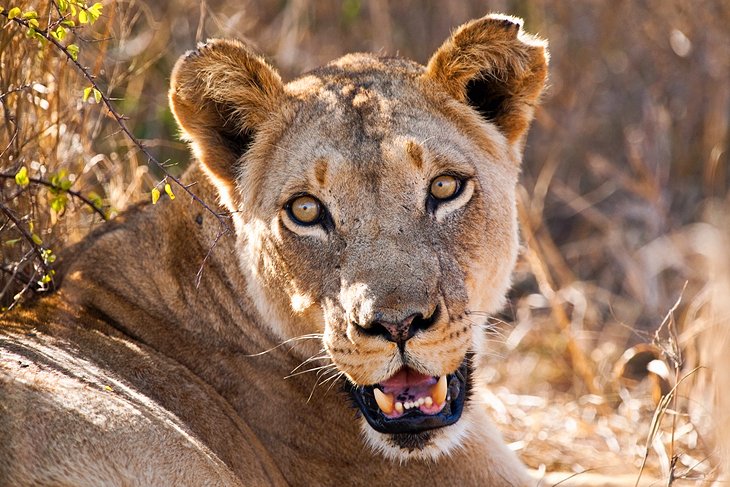
The Hlane ("Wilderness") Game Sanctuary is home to the largest herds of game in the country and is one of the few places in Swaziland where visitors have a chance of seeing lion, elephant, and rhino. Birders will also be happy at this 22,000-hectare reserve, with a diverse collection of species, including the highest density of breeding white-backed vultures on the continent. Visitors must take a guided game drive to see the lions, which reside in a separate enclosure, but self-guided drives are permitted in other areas of the park.
Besides wildlife watching , things to do here include guided mountain biking , cultural visits to a nearby Swazi village , birding walks, and overnight fully-catered bush treks. Guests can opt for an evocative electricity-free experience in a campsite or traditional lantern-lit hut, while a second camp offers self-catering stone cottages with modern conveniences.
Official site: http://www.biggameparks.org/hlane/
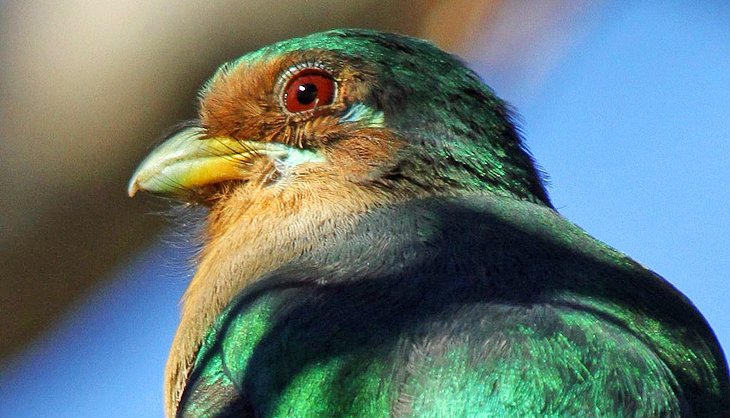
Privately-owned Mbuluzi Game Reserve offers a peaceful retreat on the banks of the croc-filled Mlawula River. The top activity here is self-guided wildlife safaris to see animals such as giraffe, zebra, kudu, jackal, wildebeest, and nyala during the day and possibly hyena, genets, servals, and honey badgers during the night. Birding is also particularly rewarding with more than 300 species, including the beautiful Narina trogon.
Visitors can hike the well-marked web of nature trails, mountain bike along jeep tracks, and cast a line for fish in the two rivers. Accommodation is varied. Options range from riverfront campsites and safari tents to several family lodges. Although the reserve lacks any of the Big Five (leopard, lion, elephant, buffalo, and rhino), guests have free entry to neighboring Mlawula Game Reserve and Hlane Royal National Park , with its white rhinos and elephants.
Official site: http://www.mbuluzi.com
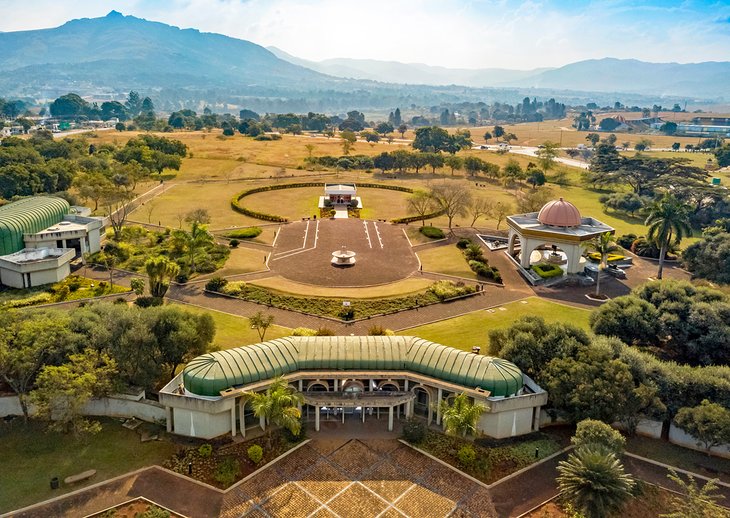
In the beautiful Ezulwini valley (the Valley of Heaven), Lobamba is Swaziland's spiritual and cultural heart. This laid-back town is home to Swaziland's monarchy, as well as its most important buildings. Here, visitors will find the Lobamba Royal Village with the Royal Kraal , the Parliament Building , the National Museum , and other government buildings.
In the large Embo State Palace , the king holds audiences, and the magnificent State House , built in 1978, is used mainly for ceremonial and other state occasions, though neither of these buildings is open to the public. However, visitors can tour the Parliament Building .
Also in Lobamba, the Somhlolo Stadium is the venue of major cultural and sporting events, state celebrations, concerts, dance performances, and speeches by the king.
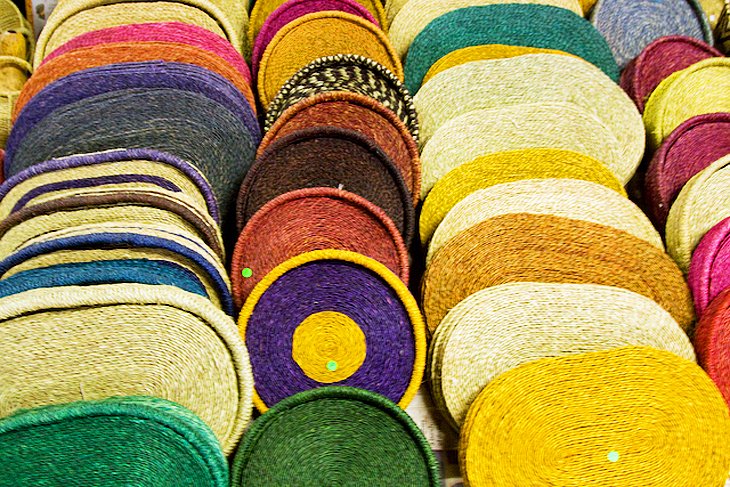
Mbabane, Swaziland's cool-climate capital, is home to the Swazi Market, a must-see attraction for souvenir-starved tourists. It lies at the south end of Allister Miller Street, the town's main shopping street. The stalls here brim with fresh produce, pottery, hand-made baskets, masks, traditional fabrics, soapstone carvings, and beaded jewelry. Particularly interesting is the traditional medicine center, with an impressive array of healing lotions and potions.
About an hour's drive away, shoppers can see more Swazi crafts, including baskets, jewelry, and textiles at Tintsaba Crafts, just past the Piggs Peak Hotel.
A pleasant excursion from Mbabane is a trip up beautiful Pine Valley to the north of the town. The route follows the Umbeluzi River, passing a number of waterfalls. This is great walking and riding country, with agreeable temperatures, even in summer.
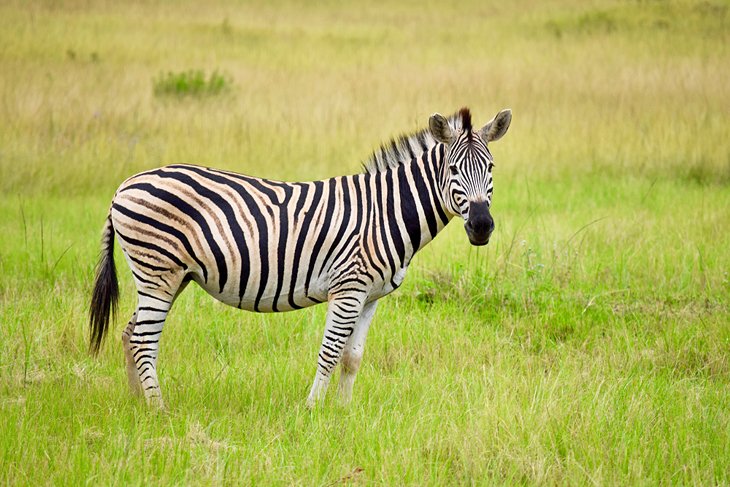
In the lovely Ezulwini Valley, Mlilwane Wildlife Sanctuary is one of Swaziland's first conservation areas and its most popular game reserve. It was established by Ted and Elizabeth Reilly, who turned their farm at Mlilwane into a game reserve with the support of King Sobhuza II. The non-profit Mlilwane Wildlife Sanctuary has now grown to 4,560 hectares of wilderness surrounded by the Nyonyane ("Place of the Little Bird") Mountains.
Originally animals and plants were introduced to the reserve from far away, but today the Mlilwane Sanctuary is home to more than 400 species of birds and many animals, including zebras, vervet monkeys, crocodiles, warthogs, caracals, hippos, and antelopes.
The sanctuary offers plenty of activities. The lineup includes game drives, nature walks, mountain biking, horseback rides, a village cultural experience, and swimming in the rest camp's pool. Accommodation caters to campers and backpackers, as well as those seeking a little more comfort with self-contained cottages, traditional Swazi-style beehive huts, and a luxury hilltop lodge.
Official site: http://www.biggameparks.org/mlilwane/
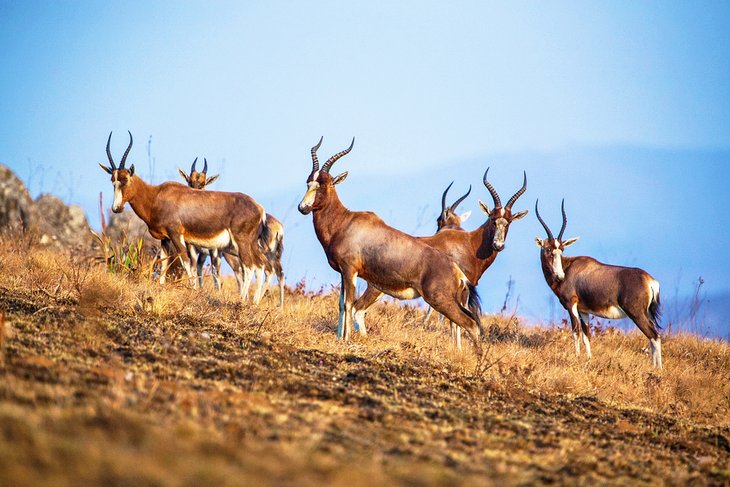
In northwest Swaziland, the 18,000-hectare Malolotja Nature Reserve is the largest protected area in the country. The name means "river with many rapids and waterfalls" for the reserve is sliced by the Malolotja River, which forms a series of waterfalls, including the country's highest cascades, the Malolotja Falls . Habitats range from wetlands and grasslands to thick riverine forest, and wildflowers brighten the beautiful landscapes in spring and summer.
One of the best features of the reserve for visitors is its network of hiking trails and many backpacker camps allowing multi-day wilderness treks. The fauna is particularly notable for the abundance of reptiles and birds, including breeding groups of endangered species such as blue crane and bald ibis. Resident mammals include rock hyraxes, eland, and zebra, among others. A fun way to experience the reserve is by soaring through the forest on the Treetop Canopy Tour zipline.
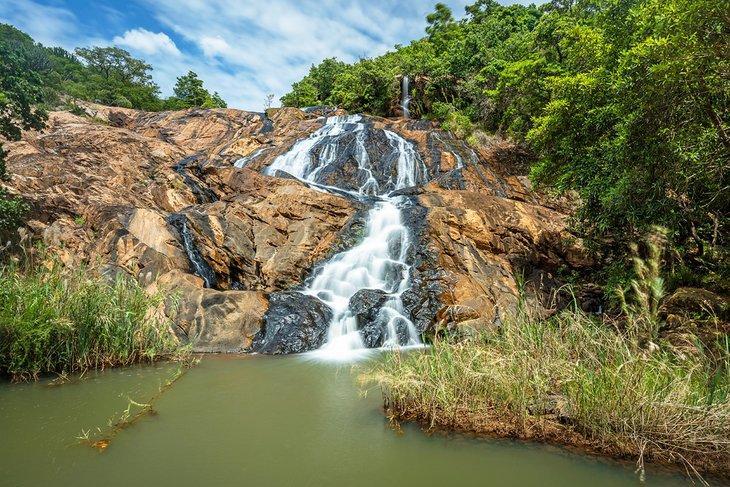
Phophonyane Falls Ecolodge and Nature Reserve is located in northwest Swaziland near Piggs Peak and about 40 minutes from Malolotja Nature Reserve. It claims the motto: "Peace, Privacy, Paradise." The reserve protects an astounding diversity of habitats in a relatively small area, with lush forests, rivers, waterfalls, and scenic hiking trails.
The 600-hectare reserve's top attraction is its namesake Phophonyane Falls. From atop a steep rock face, it is an 80-meter-high waterfall that tumbles over some of the world's oldest rocks, estimated to be more than 3.5 billion years old.
A visit to Phophonyane Falls Ecolodge and Nature Reserve offers a tranquil escape into the beautiful Swazi countryside. Guests can choose from safari tents, beehive huts, or self-catering cottages.
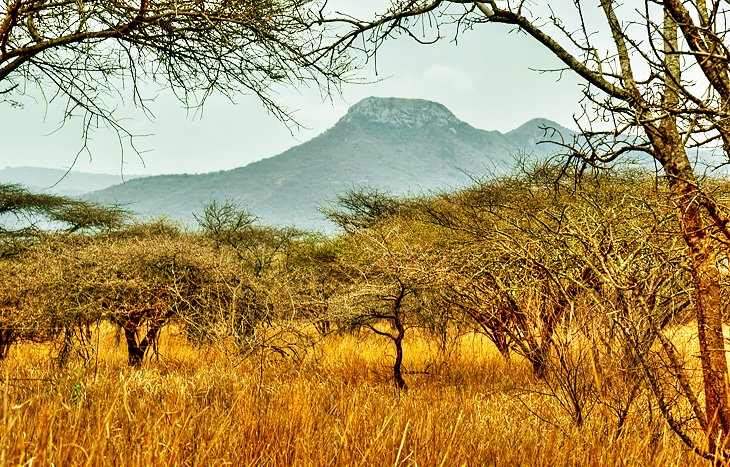
Scenic and diverse, the Mlawula Nature Reserve occupies a transitional zone extending from the lowveld up into the Lebombo Mountains. Landscapes here range from dry savannah to rolling green valleys and dense riverine forests, with mountains rising south to north along the Mozambique border. Due to the contrasting ecological zones, wildlife is varied and includes 60 species of small and large animals such as wildebeest, kudu, impala, and tortoises, as well as 350 species of birds, many insects, and an impressive array of plants.
About 54 kilometers of roads allow self-guided game drives, and due to the absence of lion or elephants, guests are free to enjoy safe hikes here on the walking trails, which range from short 1.5-kilometer hikes to full-day treks. Fishing is also popular.
Accommodation consists of a campsite, luxury en-suite tents, and a cottage. The reserve also borders Mbuluzi and Simunye Nature Reserves and the Hlane Wildlife Sanctuary .
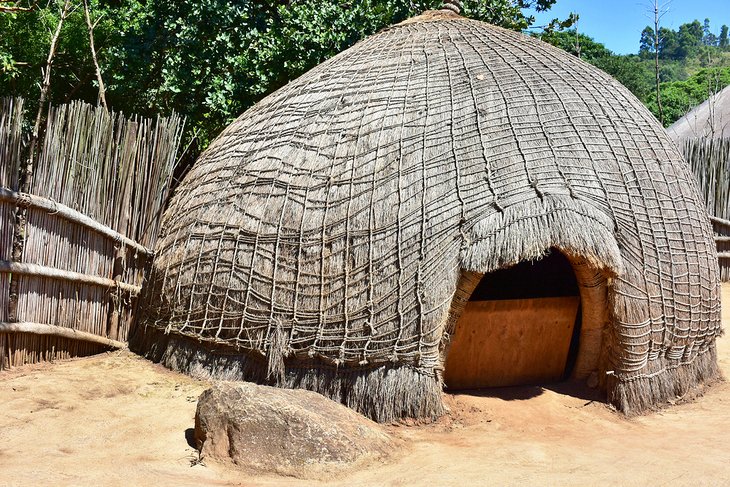
In the picturesque Ezulwini Valley, Mantenga Nature Reserve offers a fun taste of Swazi nature and culture. This compact 725-hectare reserve is home to the Mantenga Cultural Village , a recreation of Swazi life in the 1850s. Here, visitors can take guided tours to learn about Swazi culture and customs, participate in activities such as plaiting mountain grass and grinding grains, and watch impressive performances of traditional song and dance.
A highlight of the reserve is the stunning Mantenga Falls , Swaziland's most famous falls with the biggest volume of water. The reserve also protects wildlife such as baboons, vervet monkeys, bush babies, porcupines, rock hyraxes, servals, leopards, and various species of antelope, as well as an abundance of birds. Visitors can explore the reserve on foot, in their own vehicles, or on mountain bike. Day visitors are welcome, and overnight visitors can stay in the reserve's Mantenga Lodge .
Official site: http://www.mantengalodge.com/
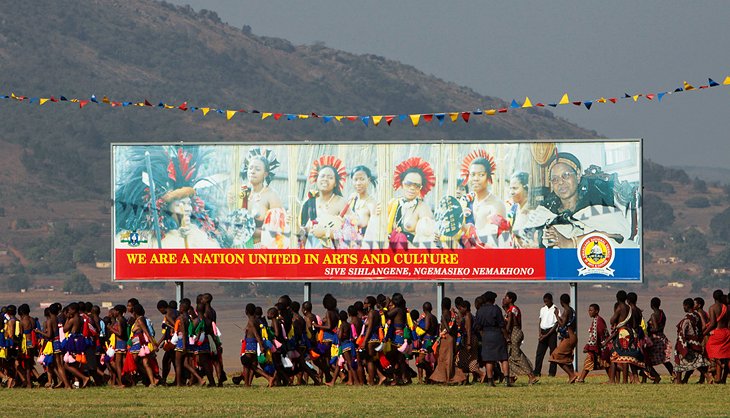
Experiencing Swaziland's rich culture and friendly people are highlights of a visit here. Travelers are welcome to watch some of the celebrations of the two main festivals. Umhlanga , the animated Reed Dance ceremony, is Swaziland's most famous festival. It takes place during the last week of August or first week of September when young women from around the country come here to participate in a joyful song and dance performance.
In December and January, Incwala is an impressive kingship ritual lasting about three weeks. At the beginning of the celebrations, representatives of the Bemanti people bring water from all the main rivers of Swaziland, gathered at the new moon. Young men then build a royal kraal at Lobamba from branches of the lusekwane tree and other plants. The climax is reached on the "great day," when the king, clad in his finest robes, symbolically tastes the first fruits of the harvest followed by cheerful song and dance.
Set in beautiful gardens, the small and modest National Museum in Lobamba hosts fascinating exhibits on the history, culture, and nature of Swaziland. The displays include examples of traditional dress with explanations of the significance of each piece, as well as a few exhibits on the native wildlife and dioramas with typical highveld and lowveld habitats.
Outside the Museum, visitors can explore a recreation of a Swazi kraal (village) with thatched huts. This is a great place to gain a feel for the country and its customs.
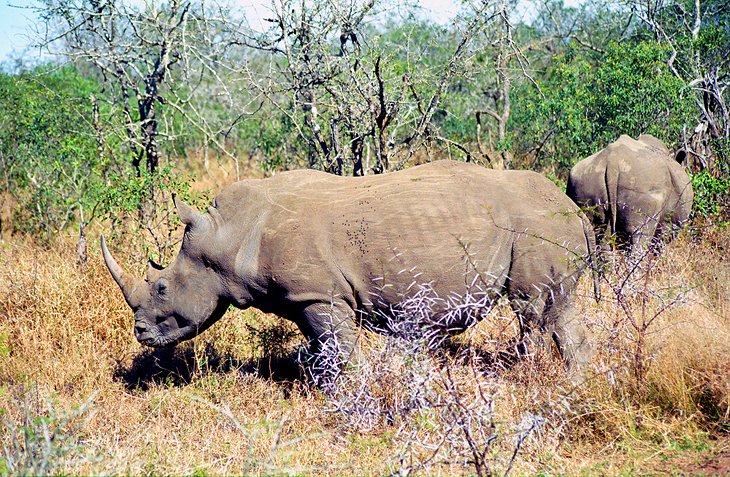
About a 40-minute drive south of Hlane Royal National Park, Mkhaya Game Reserve was established to protect endangered species, including white and black rhino. The park also protects buffaloes, giraffes, hippos, and many birds.
Day visitors are welcome to book guided game drives here with advance notice, while overnight visitors are ensconced in lantern-lit open-sided stone cottages at Stone Camp in Mkhaya Game Reserve . Game drives take place in open Land Rovers or are guided on foot. Note self drives through this park are not allowed, however.
Swaziland's first ecotourism project, opened in 2000, Shewula Mountain Camp sits atop the Lebombo Mountains just 20 minutes from the Lomahasha border post with Mozambique. Owned entirely by the local community, the camp occupies 2,650 hectares of mountain land and features stunning views across Hlane Royal National Park and Mubuluzi and Mlwulu Nature Reserve in the lowveld below.
There are a number of things to do on offer here for different fees. Top choices include guided cultural visits to the local village , where you can interact with residents and learn about their daily life. There is also a chance to meet with a Swazi traditional healer known as a Sangoma. Other choices include catching a dance performance, going mountain biking, or hiking down to the Mbuluzi River and gorge. Guests can visit Shewulu for the day or spend the night in one of the rondavel huts.
Official site: http://www.shewulacamp.org/
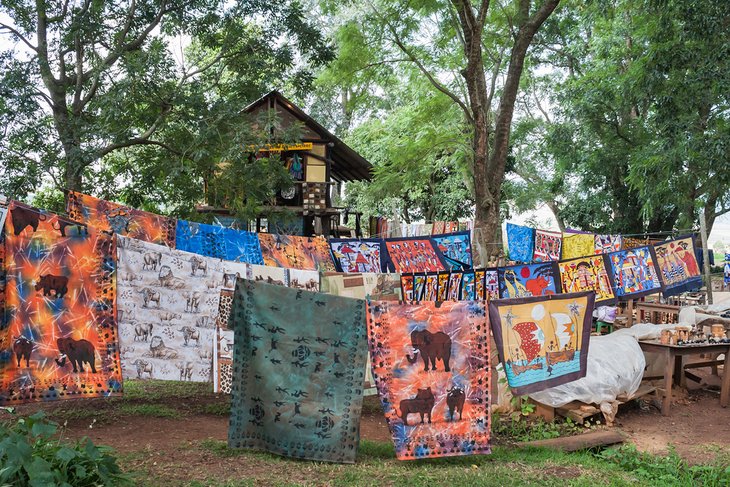
The small town of Malkerns serves as the gateway to the spectacular Mlilwane Wildlife Sanctuary and is a fun place to relax for a few days. Surrounded by lush green fields of crops, including rows of corn, it sits at the edge of Swaziland's eastern mountains.
The town is known for its handicraft scene, and there are both traditional art centers and craft stalls around town selling everything from the famous colorful Swazi candles known across the land to carved wooden animals, serving spoons, batik fabrics, and metalworks. Malkerns is also a good place to book a Swazi homestay.
We recommend these unique hotels in Swaziland, near the country's top attractions and nature parks.
Luxury Hotels :
- In Ezulwini The Royal Villas are a good luxury option — especially for families, as all come with kitchenettes. A swimming pool and free breakfast are other perks. There is also a restaurant on-site for other meals.
- The boutique Summerfield Botanical Garden & Exclusive Resort in Manzini is another top choice. It features glamorous decor, lush gardens, and top-notch service. Choose from one-bedroom suites or a three-bedroom cottage with its own private garden area. Kids under 12 stay free.
Mid-Range & Budget Hotels:
- The three-star Mantenga Lodge is in the Ezulwini Valley. If offers African-inspired decor, satellite TVs, and an inviting pool.
- Foresters Arms is another solid mid-range option. This Mbabane boutique hotel has a beautiful setting, warm and welcoming staff, and tasty food at the on-site restaurant.
- Finally, for a budget choice try the affordable Mountain Inn in Mbabane. This family-run hotel has tidy rooms, great views, and a lovely pool
More Related Articles on PlanetWare.com
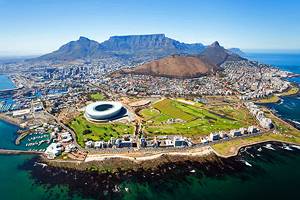
South Africa : Bordered on three sides by South Africa, most tourists visit Swaziland as part of a larger trip to South Africa. If you're interested in learning more about where to explore, check out our Top-Rated Tourist Attractions in South Africa article. It gives the scoop on what to do in this vibrant country-from exploring cities like Cape Town and Johannesburg to getting back to nature in one of the many game parks across the country. Oh, and then there are the beaches for surfing and some of the world's best road trip driving routes like down the Garden Route or Wild Coast .
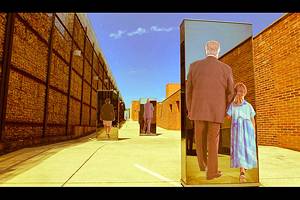
Johannesburg: South Africa's largest city, Johannesburg, or "Jozi" as locals call it, is the country's financial hub and also the soul of its fashion and art scenes. The city used to have a bad rap for crime, but it's much safer in recent years and is well worth devoting a few days on your itinerary to explore. Check out our Top-Rated Attractions in Johannesburg to learn more. It gives the scoop on everything from exploring the vibrant Maboneng Precinct to the important history lesson delivered by the somber Apartheid Museum.

More on South Africa
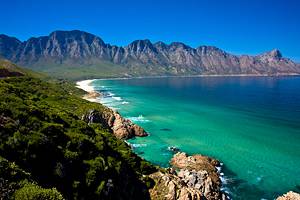

Home » Travel Guides » Swaziland » 15 Best Places to Visit in Swaziland
15 Best Places to Visit in Swaziland
Swaziland is a curious little place in more ways than one. For starters, it’s one of the few landlocked countries in Africa, and comes entirely encompassed by the borders of Mozambique and South Africa. Secondly, it’s tiny, which is pretty unusual for this part of the world. Yep, the whole country covers only 17,000 square kilometers, making it even smaller than Wales! Then there’s the land’s continued allegiance to an absolute monarchy; the Ngwenyama tribal kings hold complete sway over domestic politics here.
But all these little nuances are just part of the palpable and endearing charm of this southern country, and it remains one of the raw and untouched sections of the bush, where travelers can encounter traditional reed dances and stalk hippos and rhinos along the waterways. Zulu culture, awesome game sanctuaries, colorful craft markets and breathtaking mountains are just some of the other reasons to stop by!
Lets explore the best places to visit in Swaziland :
1. Hlane Royal National Park

In truth, there’s simply no other wildlife reserve in all of Swaziland that can live up to the sheer wealth of bucket-list sights and the mind-boggling biodiversity that Hlane has.
After all, this is the only (repeat: only) place in the nation where it’s possible to track down a lion (which have recently been repatriated), an elephant, and a rhino, all in the same day – that’s three of the Big Five! What’s more, the safari expereince here is well-developed, with rustic campsites next to more built-up lodges.
There’s also a well-maintained network of game paths, all offering great viewing between the knobthorn forests and the savannahs.

For all intents and purposes, little Lobamba in the hills is the capital of Swaziland.
Actually, it kind of shares the title with Mbabane down the valley, but it’s here that travelers will discover all the machinery of state: the beautiful Lozitha Palace, home to the Queen Mother; the Swaziland Parliament; the honorific memorials to the country’s independence hero, King Sobhuza II. And if you’re still searching for something to do, make a beeline for the informative National Museum of Swaziland, where the collections reveal stories of the British colonial age, and one colourful head of the Indian god Krishna tells of trading tales with the subcontinent across the Arabian Sea.
3. Mbuluzi Game Reserve

Step over the snapping crocodiles of the Mlawula River, located in the extreme north-eastern reaches of Swaziland, and it’s likely you’ll find yourself in the acclaimed Mbuluzi Game Reserve.
There are certainly fewer safari crowds here, due mainly to the absence of any of the so-called Big Five.
However, that just makes it easier to spot a roaming giraffe or herd of zebra on the plains.
What’s more, it also means a peaceful vibe; one that adds a real air of naturalism and wildness for those stays in the bush.
Mbuluzi has both campsites and family lodges for travelers with kids in tow.

A mere 95,000 people call Mbabane home, which should give you just a clue as to how large Swaziland is as a whole! After all, this town of low-rise bungalows and palm-dotted streets is the official capital, even if it’s sat more than 1,200 meters up in the Mdzimba Mountains.
The altitude is great for avoiding the scorching heat of the tropical plains below though, while the heritage and cultural attractions here are pretty good too.
Check out the endless bazaars and emporiums of the Swazi Maket, where wicker creations and soapstone whittlings meet fresh veg and fruit.
Oh, and don’t miss the views from drive-able Piggs Peak to the north.
5. Malolotja Nature Reserve

Wax up the walking boots and prep those thigh muscles, because the Malolotja Nature Reserve is hailed as one of the hiking meccas of southern Africa.
Ranging from the grass-topped highveld to montane forests, the region is home to the rugged rises of the Ngwenya Mountain (the second-highest in the country). It’s famed for its endless trails of trekking routes, which pierce deep into the wilderness and offer encounters with wildebeest and bucks, cheetahs and grazing bushpigs as they go.
Try to come in Spring or Autumn – summer here means rain, and winter can even see frost caking the ridges.
6. Malkerns

Right on the doorstep of the Mlilwane Reserve, the pint-sized town of Malkerns is a great place to while away a couple of days in the shadow of the eastern Swaziland mountains.
Encompassed by swaying fields of corn and other crops, the center here boasts a lovely clutch of earthy Swazi homestays, not to mention a range of country pubs (that’s the English influence, no doubt!). However, it’s the immersive craft stalls and traditional arts centers here that really take the biscuit.
You’ll be able to buy everything from woodworks to handmade candles.
7. Mantenga Village

Once upon a time, the beautiful areas around the village of Mantenga were known simply for their waterfalls, which – to be fair – are amongst some of the most awesome in the country.
However, in more recent years, the spotlight has shifted to include the cultural experiences offered by the Mantenga Village too.
It’s the place to go if you want to encounter the Swazi people and learn all about their rich heritage; if you want to see the famous reed dances in action, or want to witness the age-old style of hamlet construction used by the tribal folk here.
And of course, the waterfalls are still close by for that end of the day activity!
8. Piggs Peak

Accessible Piggs Peak represents the heartland of the old Swaziland gold rush.
Set in-between the hills of the north, it once attracted miners and prospectors of all types, who came to dig in the shafts around the town.
Unfortunately, the mineral wealth never really materialised, and the gold faces of Piggs Peak were closed down less than 70 years after opening.
Today, the spot has great hiking, some interesting craft markets, and nice homestays.
And it’s the perfect stopover for travelers making their way through to Kruger National Park, located just across the border in South Africa.
9. Big Bend

One of the main urban centers on the meanders of the Maputo River, appropriately-named Big Bend (the town does actually occupy a big bend on the water) has been a center for Swaziland’s important sugarcane farming industry for decades.
It’s a charming place, with a clutch of shops and inns, but the setting is what really counts.
In the distance, the grass plains and agricultural land give way to the rugged rises of the Lubombo Mountains.
Small eco lodges hide in the hills nearby, walking paths beckon as they delve into the deep-cut gorges and canyons to the east, and the green lawns of the Mhlosinga Nature Reserve are also on the menu.
10. Manzini

Once, this bustling industrial depot in the highlands of central Swaziland bore the name of explorer Arthur Bremer, who was one of the first colonial figures to designate this cool and temperate place an official trading post way back when.
Today, the city hasn’t shed its mercantile character, and it continues to reign as perhaps the most important economic powerhouse in the nation.
There are business hotels, trade fairs, and the Matsapha International Airport is just a stone’s throw away.
It’s hardly a wonder that locals endearingly refer to the bustling spot as simply, ‘The Hub’!

Sibebe isn’t a town, or a city.
It’s not a nature reserve, or some awesome man-made attraction.
However, it is a rock.
And it’s a darn large rock at that! Yep, the colossal dome that is the Sibebe Rock is the largest granite pluton in the world.
It sits just 10 kilometers away from the capital city at Mbabane, making it both accessible and unusual.
Tourists and locals alike love to climb the great monolith, which can be done on a whole host of different trails.
The hardest, hailed by many as the steepest incline trekking path in the world, is a real challenge, while some others are light and easy-going, offering beautiful views over the eastern mountains of Swaziland as they wind to the summit.
12. Mkhaya Game Reserve

The place to stalk the lowveld plains of Swaziland’s eastern haunch, the Mkhaya Game Reserve is a world peppered with acacias and trodden by galumphing great black rhinos.
It’s famed as one of the best bargain safari destinations in the region, offering affordable lodges and both jeep and walking game encounters as part of affordable packages.
Ecotourists who come here can stake out the riparian lands for giraffes, elephants, hippos and crocs, and learn all about the important poaching patrols that Mkhaya is known for.

Set deep between the hills of the Hhohho Region of northern Swaziland, tiny little Maguga has its own smattering of lodges overlooking Piggs Peak and the waters of the nearby lake.
But it’s the cause of said lake that really makes this corner of the country worth the stopover.
Why? Well, because it’s the home of the iconic Maguga Dam – that’s why! This colossal megastructure straddles a cut in the gorge of the Komati River, and has received countless awards for achievements in civil engineering.
It’s been designed to withstand flooding and cyclones, and can hold a total capacity of 332,000,000 cubic meters.
14. Simunye

Cast out on the lowveld plains that begin to bubble up and into the Lubombo Mountains to the west, Simunye is a prime example of a corporation town.
The population of just under 6,000 is entirely employed by the Royal Swaziland Sugar Corporation, which runs the great sugar mills and plantations that make their home here.
For international tourists, the town is also located super close to the acclaimed reserves of the Hlane National Park, has its very own protected area (the Simunye Nature Reserve), and comes with a pool-dotted country club serving international food.
15. Nhlangano

It’s just a short drive from the Mahamba border posts with South Africa to the town of Nhlangano, which is officially the fourth-largest in Swaziland.
Peppered with pretty jacaranda trees, the place is a chilled regional hub, with good transport links to the safari destinations of the lowveld deeper into the country.
However, if you chose to linger, you’ll be able to see the spot where King George VI once thanked King Sobhuza II for his country’s contribution to the war, and explore the high-perched hamlet of Hlathikhulu, set magnificently above the gorgeous valleys of western Swaziland.
15 Best Places to Visit in Swaziland:
- Hlane Royal National Park
- Mbuluzi Game Reserve
- Malolotja Nature Reserve
- Mantenga Village
- Mkhaya Game Reserve
Must-see attractions in eSwatini (Swaziland)
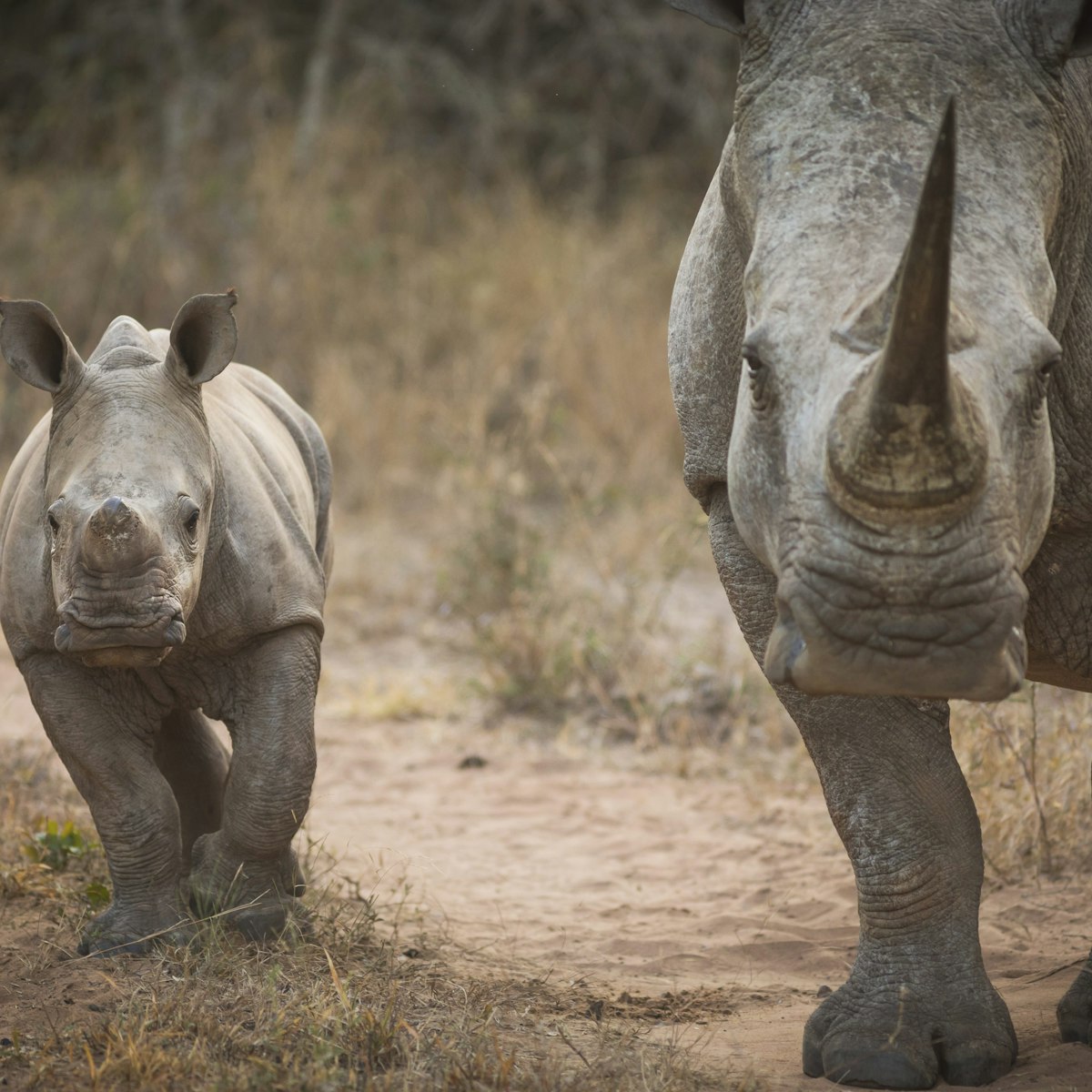
Mkhaya Game Reserve
eSwatini (Swaziland)
Spectacular Mkhaya was established in 1979 to save the pure Nguni breed of cattle from extinction. It’s known, however, for its black and white rhino…
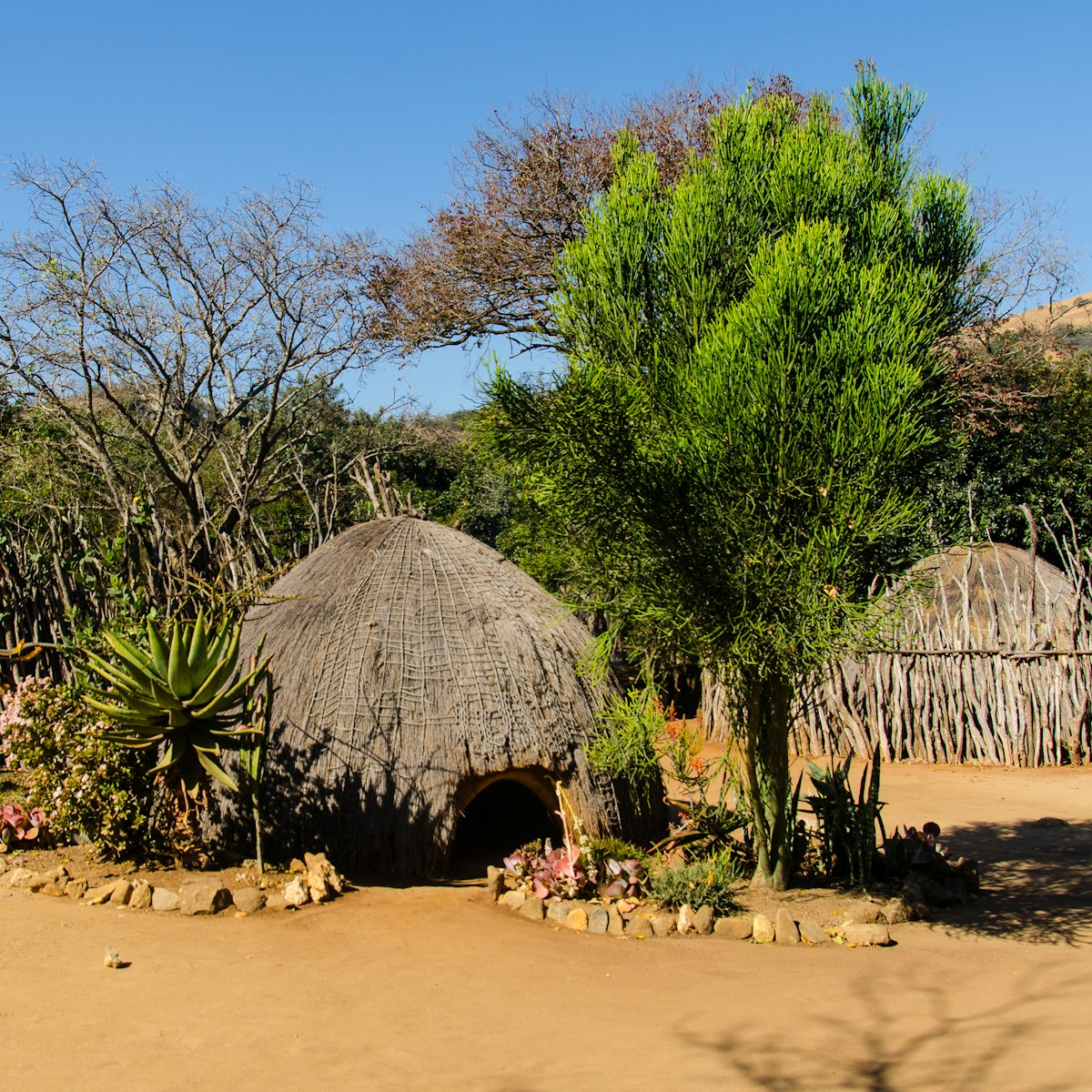
Mantenga Cultural Village & Nature Reserve
The entrance fee to this tranquil, thickly forested reserve covers a guided tour of the Swazi Cultural Village, a ‘living’ cultural village with…
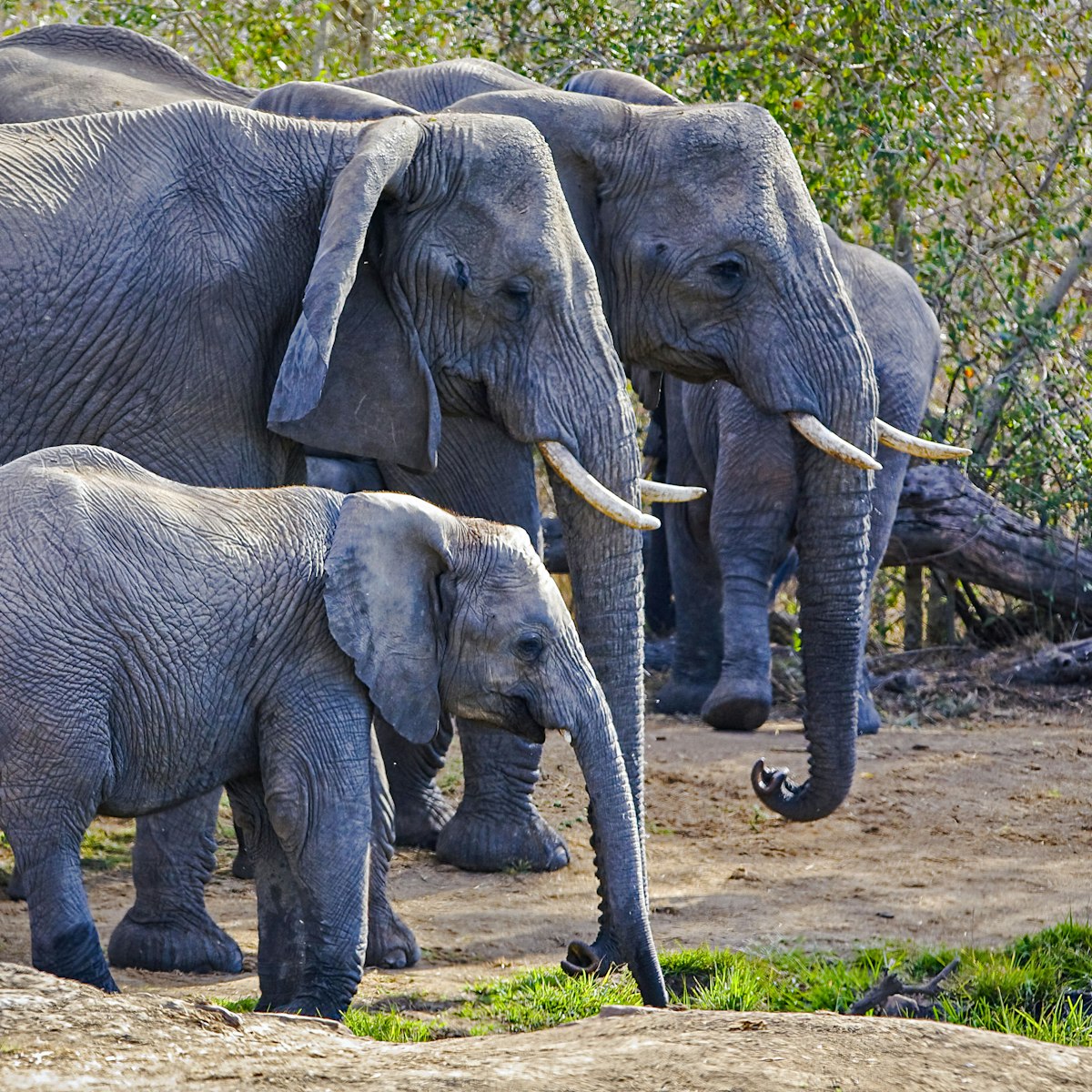
Hlane Royal National Park
You come to Hlane Royal National Park for the big stuff. eSwatini’s largest protected area, this well-organised reserve is home to elephants, lions,…

Sibebe Rock
About 8km northeast of Mbabane is Sibebe Rock, a massive granite dome hulking over the surrounding countryside. It's the world's second-largest monolith,…
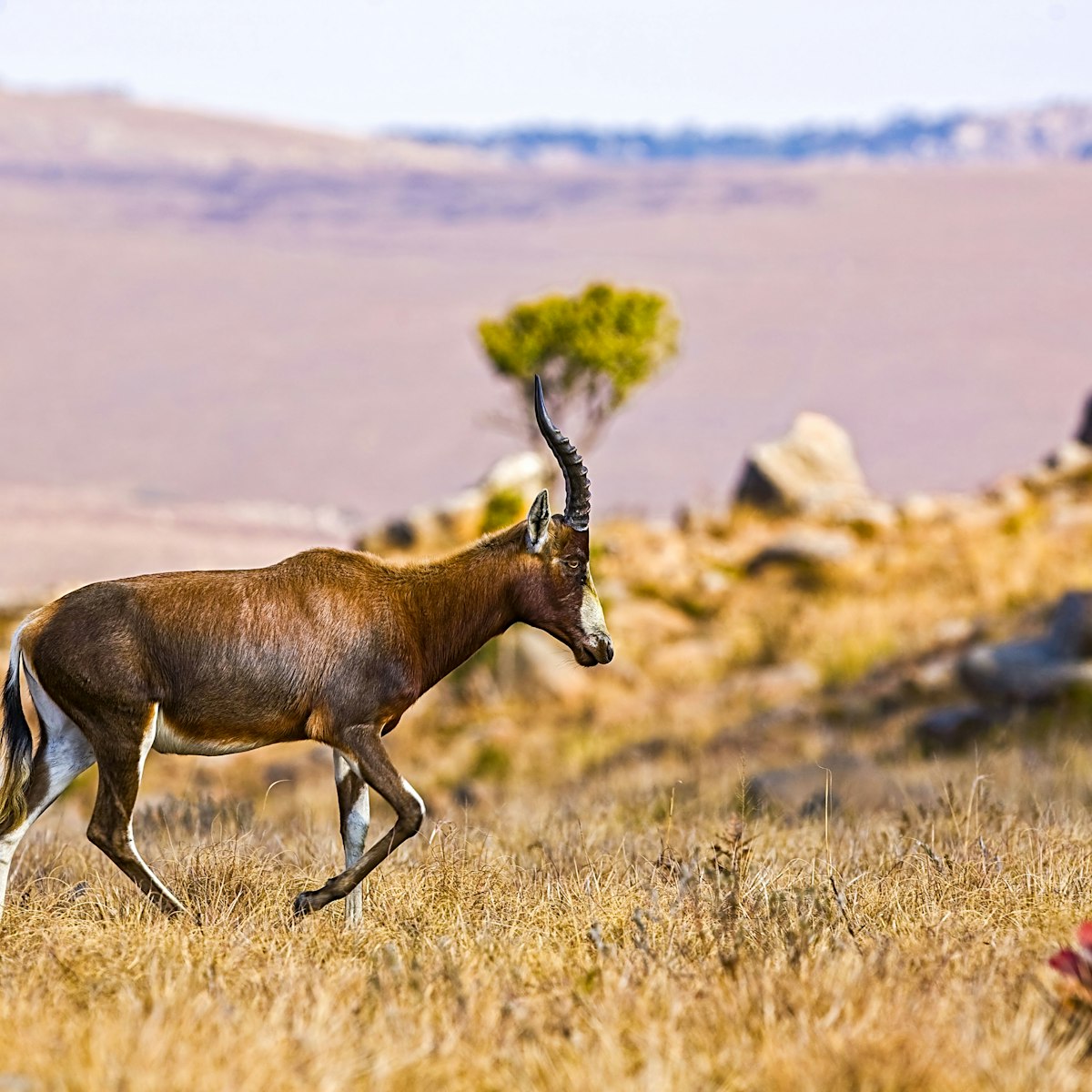
Malolotja Nature Reserve
The ruggedly beautiful Malolotja reserve is a prime spot for hiking, with varied terrain to keep walkers interested. The centrepiece is the Komati River,…
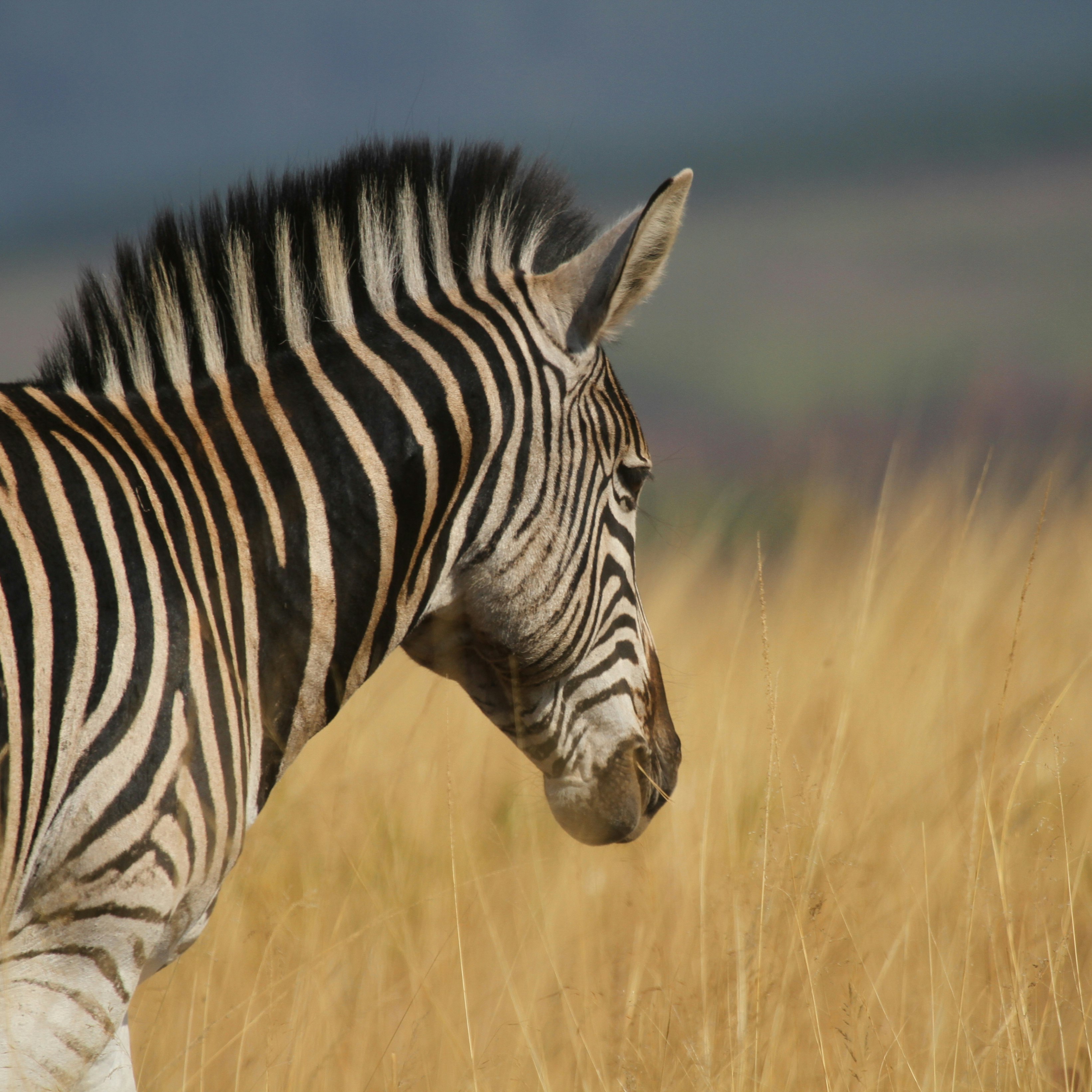
Mlilwane Wildlife Sanctuary
There are many reasons to visit this private reserve – eSwatini’s first protected area: it's quiet, easily accessible and really rather beautiful. Its 46…

Nisela Safaris
Nisela is a small private reserve nestled at the foot of the Lebombo Mountains south of Nsoko. Wildebeest, giraffes, zebras, warthogs and numerous species…
Mlawula Nature Reserve
Mlawula doesn't boast many large mammals, though you'll surely see a few antelope and perhaps a spotted hyena. The draw here, though, is the excellent…
National Museum
This museum has some interesting displays of Swazi culture, as well as a traditional beehive village and cattle enclosure, and several of King Sobhuza II…
Manzini Market
Manzini’s main drawcard is its colourful market, whose upper section is packed with handicrafts from eSwatini and elsewhere in Africa. Thursday morning is…
This very scenic dam is on the Komati River, and was constructed to provide irrigation and energy to local communities. With its glittering waters…
Ngwenya Iron-Ore Mine
Ngwenya is one of the world’s oldest known mines. The visitors centre has an interesting display of photographs and information, including the original…
Nsangwini Rock Art Shelter
Culture buffs will love this community-run archaeological site. The well-preserved paintings are under a small but impressive rock shelter, which is…
King Sobhuza II Memorial Park
Across the road from parliament, this memorial was established as a tribute to King Sobhuza II, who led eSwatini to independence from British rule in 1968…
Opened in 1969 as a post-independence gift from the departing British, this hexagonal building topped with a brass dome is a major landmark in Lobamba. It…
Mbuluzi Game Reserve
The small and privately owned Mbuluzi Game Reserve boasts a range of animals, including giraffes, zebras, hippos, antelope species and wildebeest. There…
Eludzidzini Royal Residence
At the end of a palm-lined avenue south of Lobamba lies Eludzidzini, the queen mother's royal residence. It's not open to the public except during…
Somhlolo National Stadium
Built for eSwatini's independence in 1968, the 20,000-capacity national stadium hosts soccer matches, as well as important state occasions, such as…
More destinations you need to see
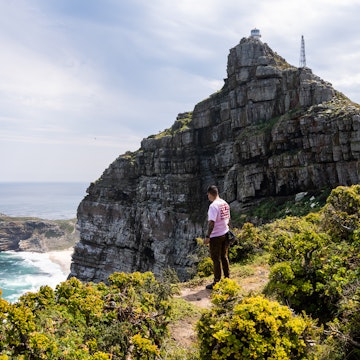
Plan Your Trip to Eswatini (Swaziland): Best of Eswatini (Swaziland) Tourism

Essential Eswatini (Swaziland)

Trending in the forums
Eswatini (Swaziland) Is Great For

Plan Your Trip to Eswatini (Swaziland): Best of Eswatini (Swaziland) Tourism

Essential Eswatini (Swaziland)

Trending in the forums
Eswatini (Swaziland) Is Great For

Atlas & Boots
The UK's most popular outdoor travel blog
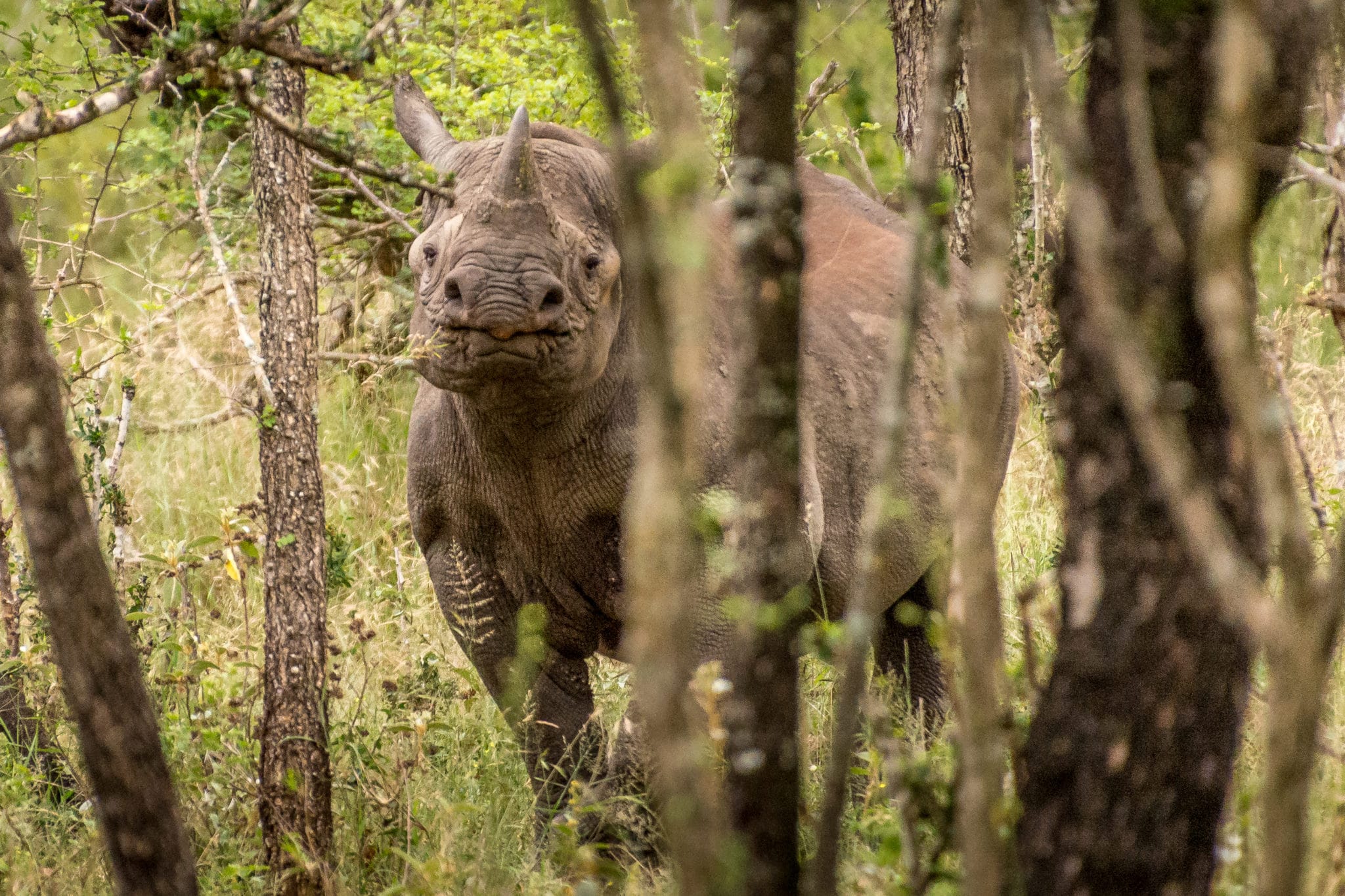
14 things to do in Eswatini (Swaziland)
We’ve selected our favourite things to do in Eswatini (formerly Swaziland), from tracking big game to climbing the world’s second largest monolith
The tiny African nation of Eswatini took us completely by surprise. As Kia said, visiting Eswatini was never high on our bucket list, but it should have been. We spent just three days and two nights in this fascinating destination, which was never going to be enough.
Most visitors do as we do and squeeze Eswatini into a South African itinerary, usually between Kruger National Park and KwaZulu-Natal or perhaps Mozambique. However, to really do the country justice, you should consider staying for at least a week. Given the sheer variety of things to do in Eswatini, it’s the least ‘Africa’s newest kingdom’ deserves.
1. Hlane Royal National Park
Eswatini’s largest protected area has a wide network of easily navigable roads making it ideal for a self-drive safari. Giraffes, zebras, hippos, elephants, white rhinos, leopards and antelopes such as impala, kudu, wildebeest and waterbuck all reside in the park. Lions occupy a separate fenced area which can only be seen on a guided game drive.
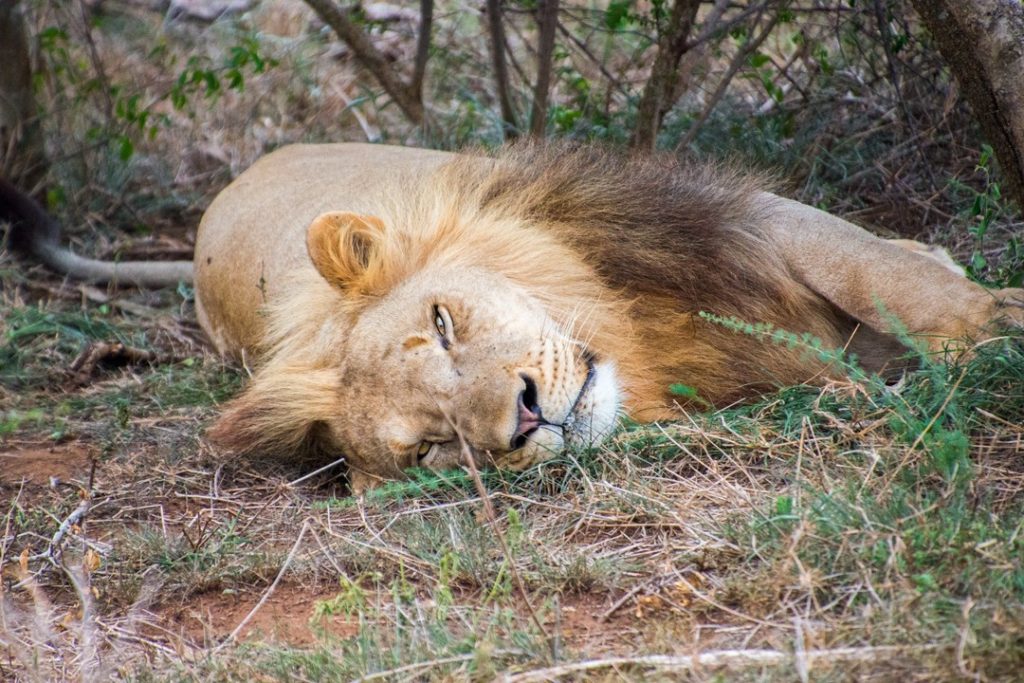
We experienced one of the best safaris of our lives at Hlane in just a short guided game drive. The fact that we saw four rhinos lazing beneath a tree with no one in sight but our guide, Manqoba, was truly special. We also saw a pride of lions, zebras, elephants, giraffes and all manner of antelope.
More information: biggameparks.org
2. Mkhaya Game Reserve
Mkhaya is known for its black and white rhino populations – one of the few places in the world where you can see both species living in close proximity. We saw both during an overnight stay which included an afternoon and a morning game drive.
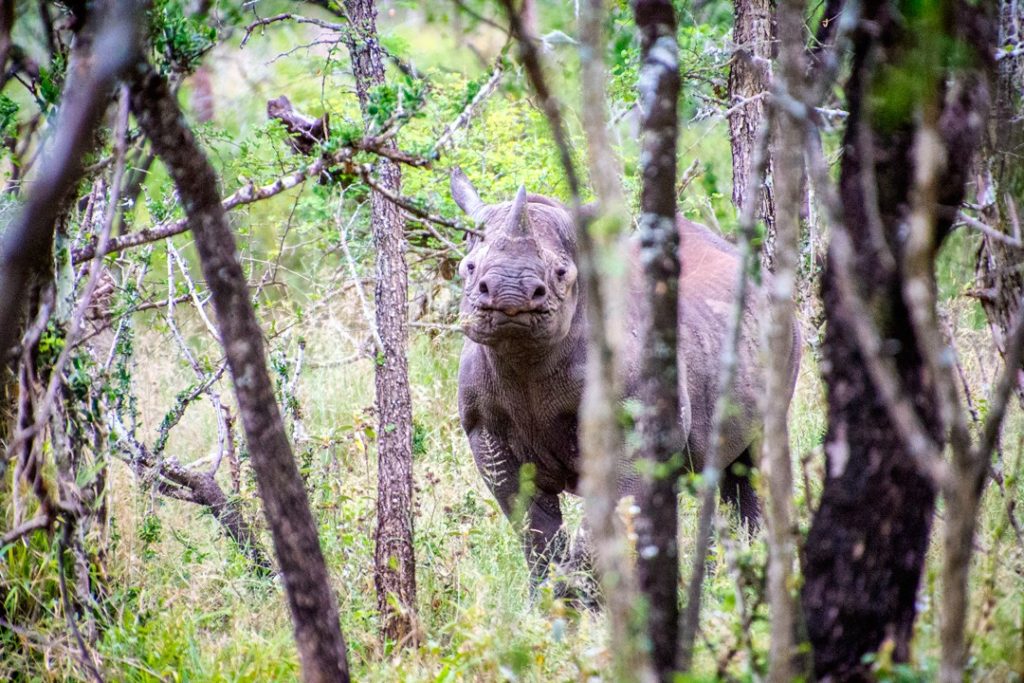
Other than rhinos it’s possible to view several species of antelope, giraffes, buffaloes, hippos and crocodiles. We had animals wandering past our open-walled lodgings at the charming Stone Camp . It was an utterly delightful experience.
3. Mlilwane Wildlife Sanctuary
The open and lush wooded surroundings of Mlilwane make for a very different safari experience. The absence of big games means visitors are free to explore the well-maintained network of walking trails and dirt tracks.
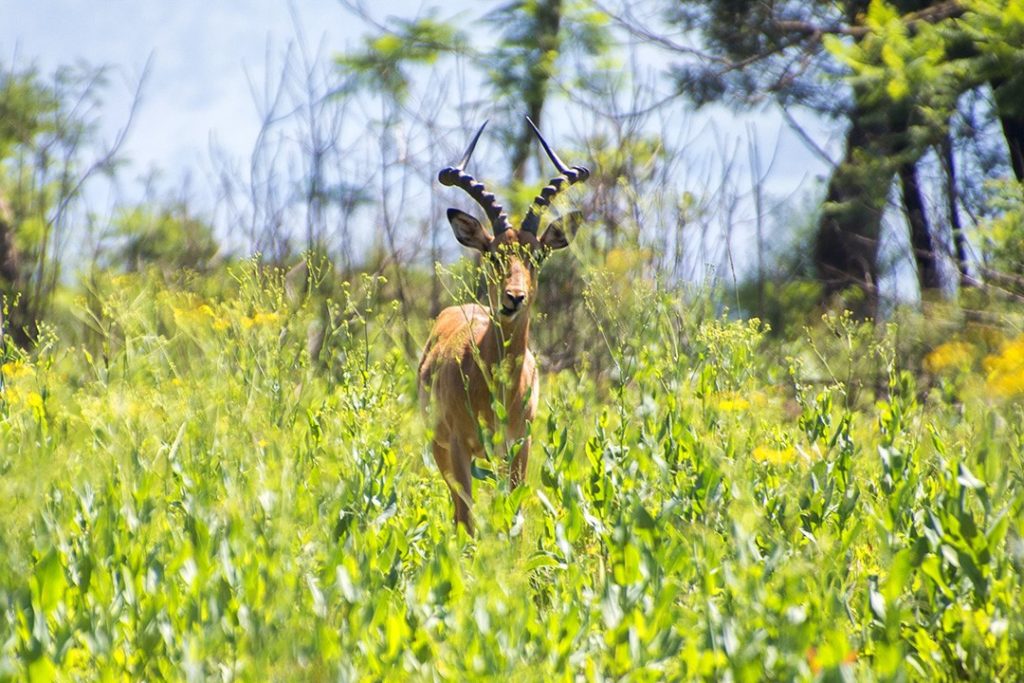
Atlas & BOots
Game drives are available here as well as a host of outdoor activities including hiking, cycling and horse riding. Zebra, wildebeest, nyala and blesbok are all easily spotted.
The traditional ‘beehive’ huts and nearby restaurant overlooking a calm waterhole are the icing on the cake.
Practically every nature reserve in Eswatini offers hiking opportunities either guided or self-guided. The hiking section of thekingdomofeswatini.com has an extensive list of hiking activities across myriad destinations.
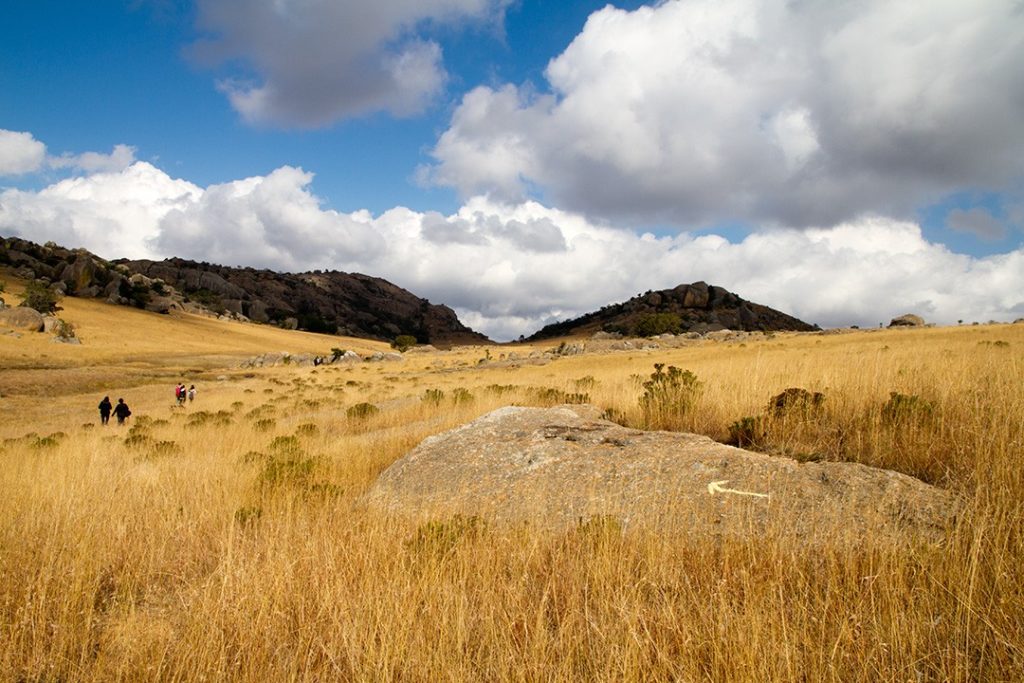
If you’re interested in a specialist hiking tour, there is a range of all-inclusive tours available with a focus on the natural and cultural experiences found en route.
Eswatini-specific tours range from two days to two weeks, but there are also options that cross into South Africa . Accommodation ranges from simple tents and safari camps to hostels and lodges.
More information: dustandboots.com
5. Treetop canopy tour
Eswatini’s first and only treetop canopy tour is located in the ruggedly picturesque Malolotja Nature Reserve. The Komati River cuts through a deep gorge, creating waterfalls and rapids along the way.
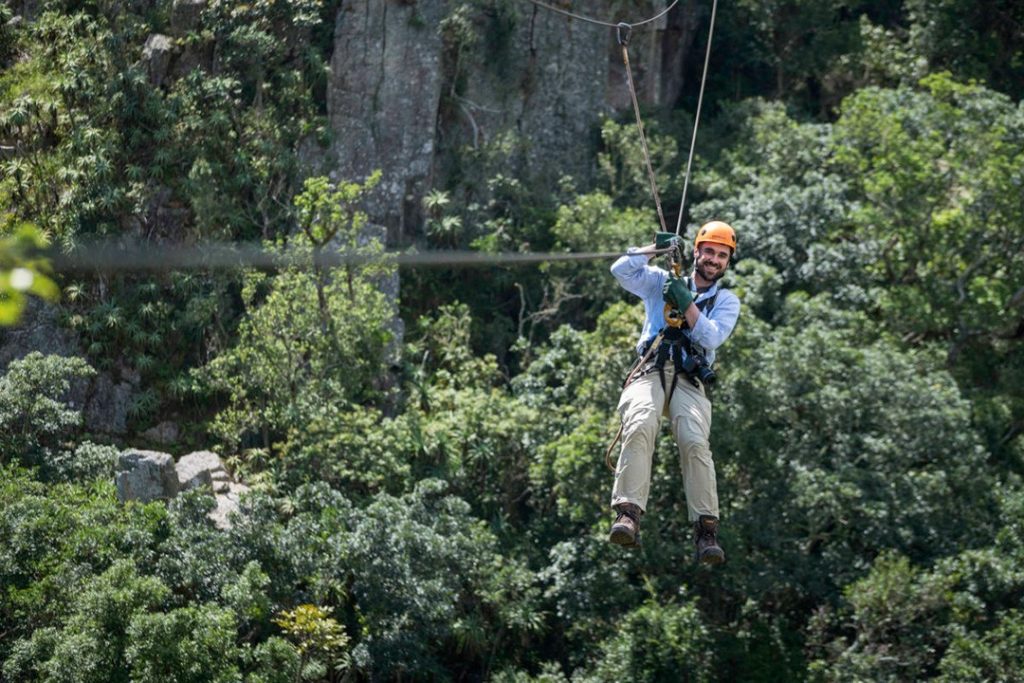
A series of ziplines (some stretching more than 300m across), elevated wooden platforms, wooden slides and a 50m-long suspension bridge skim across the forest canopy.
More information: malolotjacanopytour.com
6. Sheba’s Breasts
For anyone who has read J. Rider Haggard’s King Solomon’s Mines , this is the chance to follow in the author’s footsteps. The 1885 novel is widely considered to be the genesis of the ‘lost world’ literary genre.
Haggard travelled through Swaziland in the 1880s and it is thought that his classic adventure novel was part-inspired by the peaks of Sheba’s Breasts near Mlilwane.
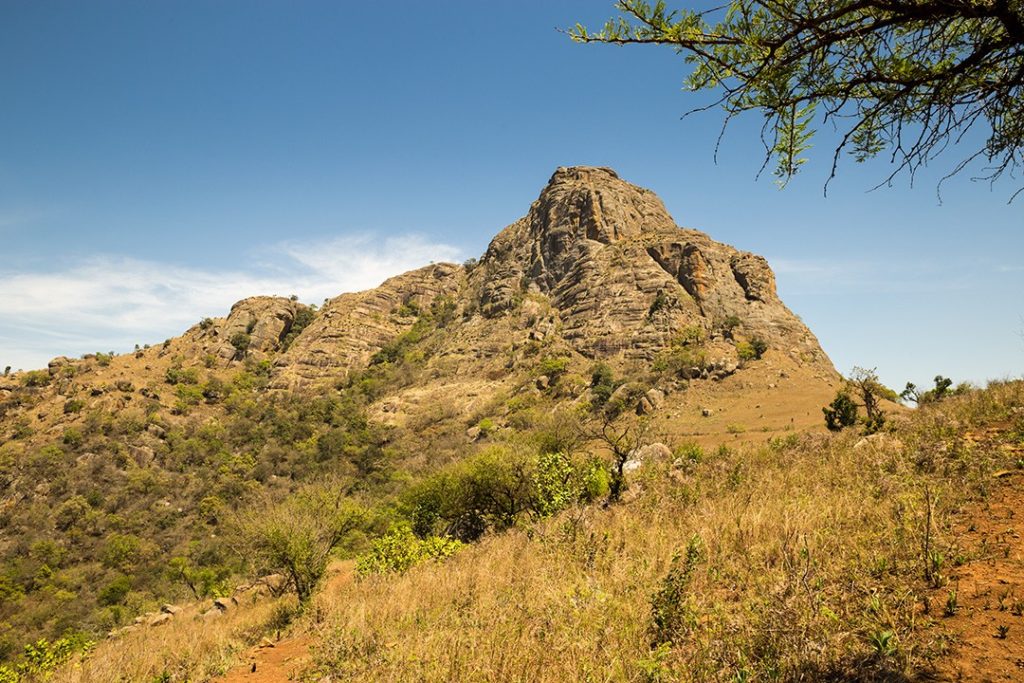
A trail to the 2,298m (7,539ft) peaks begins at Lidwala Lodge near Mlilwane Wildlife Sanctuary and can be hiked in a 2-3 hour round trip. Another popular hiking option is a 3-4 hour return hike to Execution Rock at 1,110m (3,641ft).
More information: thekingdomofeswatini.com
7. White water rafting
White water rafting in Eswatini as a tourist activity was launched in 1991 and is still run by the same company along largely the same section of the Great Usutu River (Lusutfu River). More recently, rafting routes along the Komati River have also been introduced.
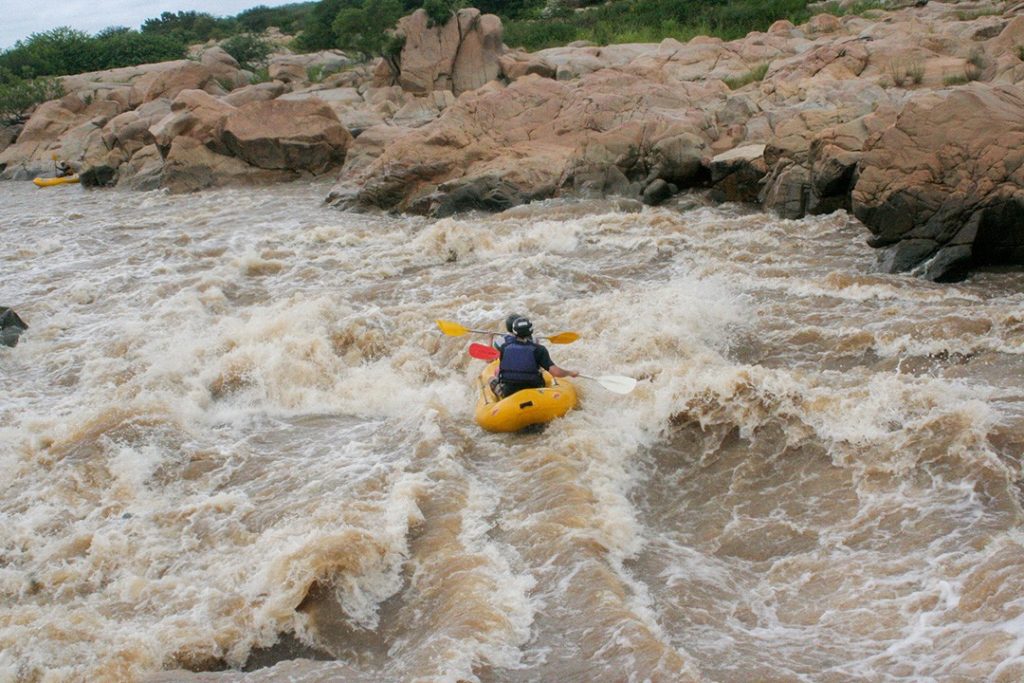
The Grade III (medium difficulty) rafting routes follow the waters through the steep gorges and sloping banks of rural Eswatini. Between the rapids there’s opportunity to observe the imposing rock formations, riverbank community life and various wildlife as you float by. There are half- and full-day trips available.
More information: swazitrails.co.sz
8. Cycling and mountain biking
Many of Eswatini’s nature reserves offer cycling as a viable way of exploring the landscape as well as viewing the wildlife. Mlilwane, Mhlambanyatsi, Hawane, Hlane, Malolotja, Mbuluzi and Shewula all have an excellent network of navigable trails as well as bikes available to rent.
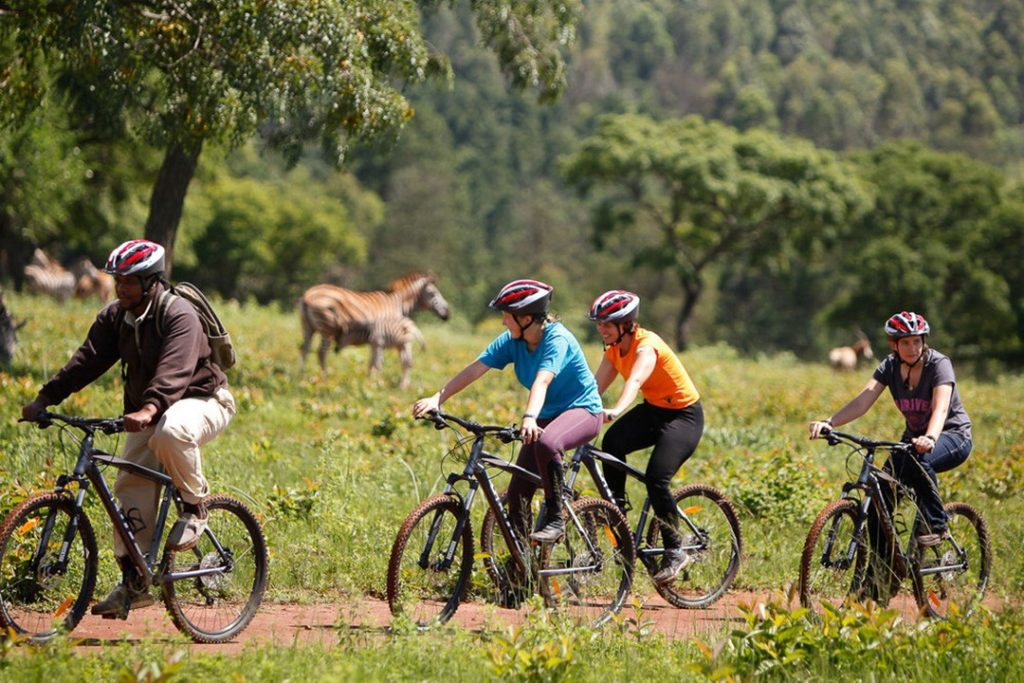
9. Horse riding
Horse riding in Eswatini is a popular alternative to cycling and hiking the trails throughout several of the country’s parks and reserves. There are plenty of options available from two-hour horseback excursions to multi-day trips riding between lodgings.
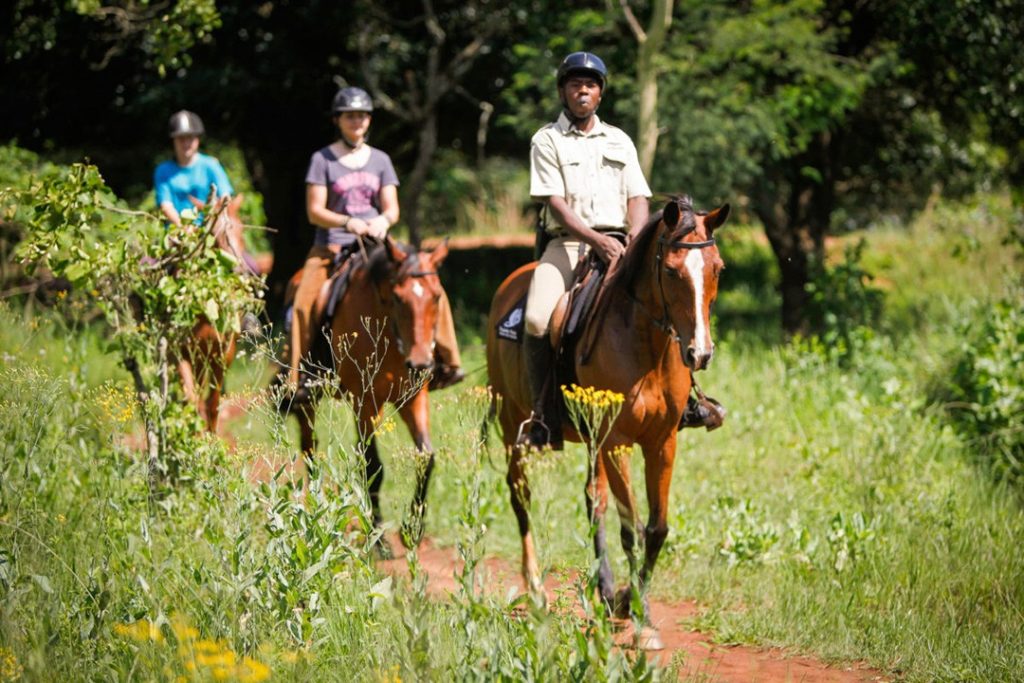
The following stables are popular choices and boast good facilities while catering to all levels of ability: Chubeka Trails (Mlilwane), Hoofbeat Safaris (Ezulwini Valley), Foresters Arms Hotel (Mhlambanyatsi) and Nyanza Stables (Hawane Resort).
The only known major granite cave system in southern Africa is ripe for adventure. For those interested in literally getting beneath the surface of Eswatini, there are twice-daily trips: one in the morning and another in the evening, ideal for making use of the day for sightseeing. Both last around 4-5 hours.
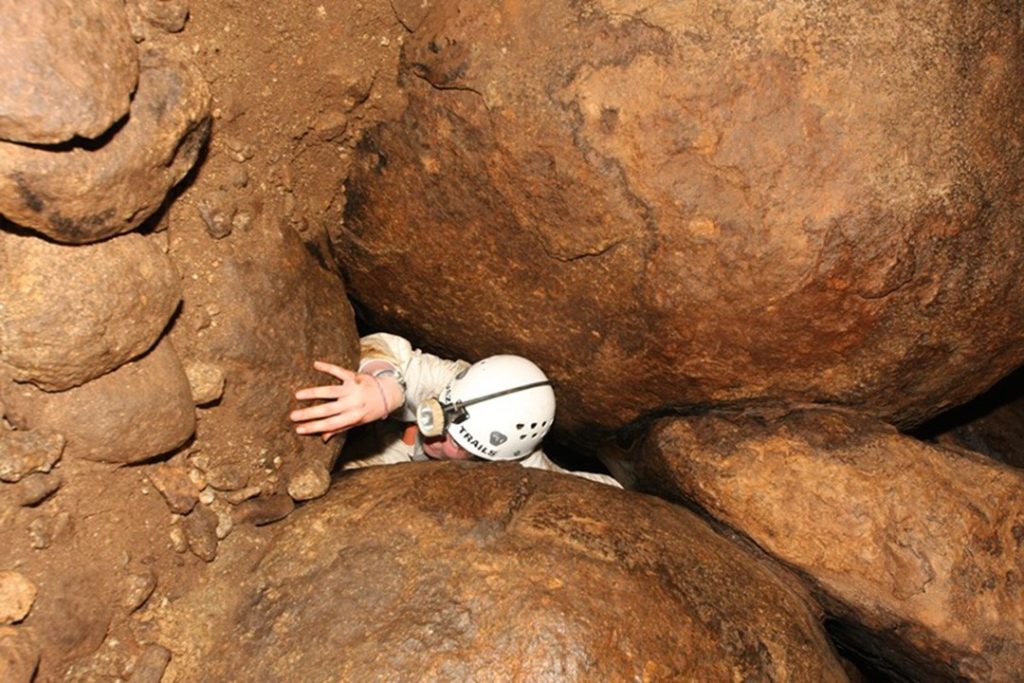
Located up to 200m below ground, the system was formed by the Kophola River that flows underground between Msunduza and the Kophola Mountains. The route works its way along an 800m course of subterranean passages. Expect to get wet and muddy!
11. Festivals
The Umhlanga or reed dance festival is held annually and is Eswatini’s best-known cultural event. The festival involves tens of thousands of women from across the country. It takes place in late August or early September. Visitors are only allowed to take photographs on days six and seven of the festival.
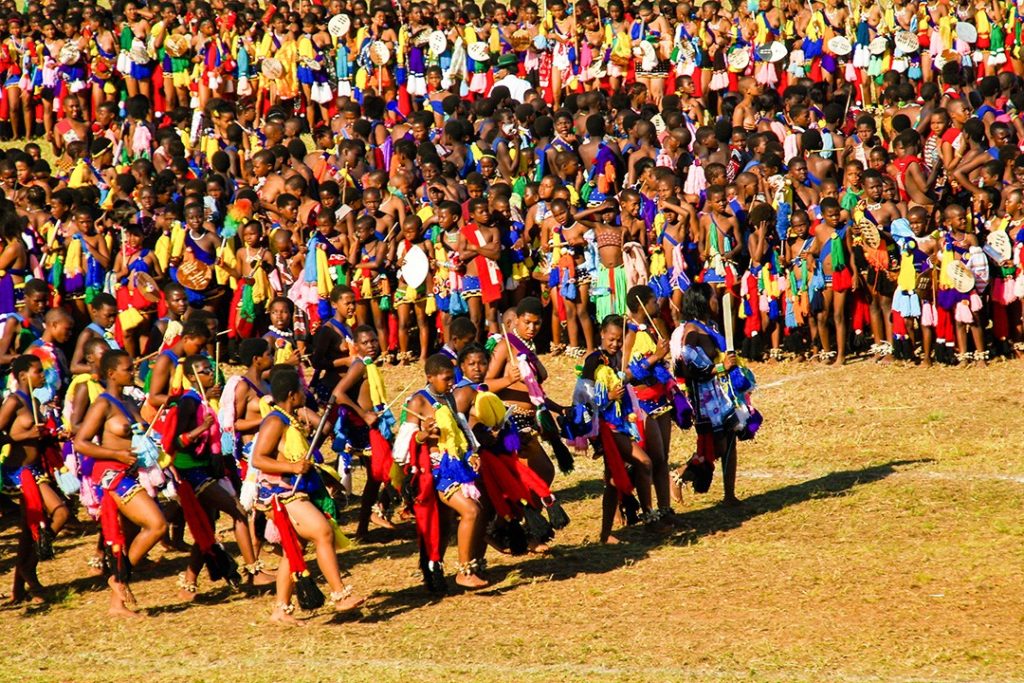
Other festivals include the Incwala or ‘first fruits festival’, the MTN Bushfire Festival which features an international line-up of live music, theatre, poetry, film, circus, dance and visual arts, and the Marula festival which celebrates the harvest of the marula fruit.
12. Sibebe Rock
Sibebe Rock, just north of Mbabane, is the world’s second largest monolith (single piece of rock) behind Australia’s Uluru . Hulking over the surrounding countryside, it is also the world’s largest granite dome rock.
The 1,488m (4,881ft) three-billion-year-old volcanic slab is at its best shortly after it rains as the wet rock glistens and glints silver while streams of running water pour over the rock face.
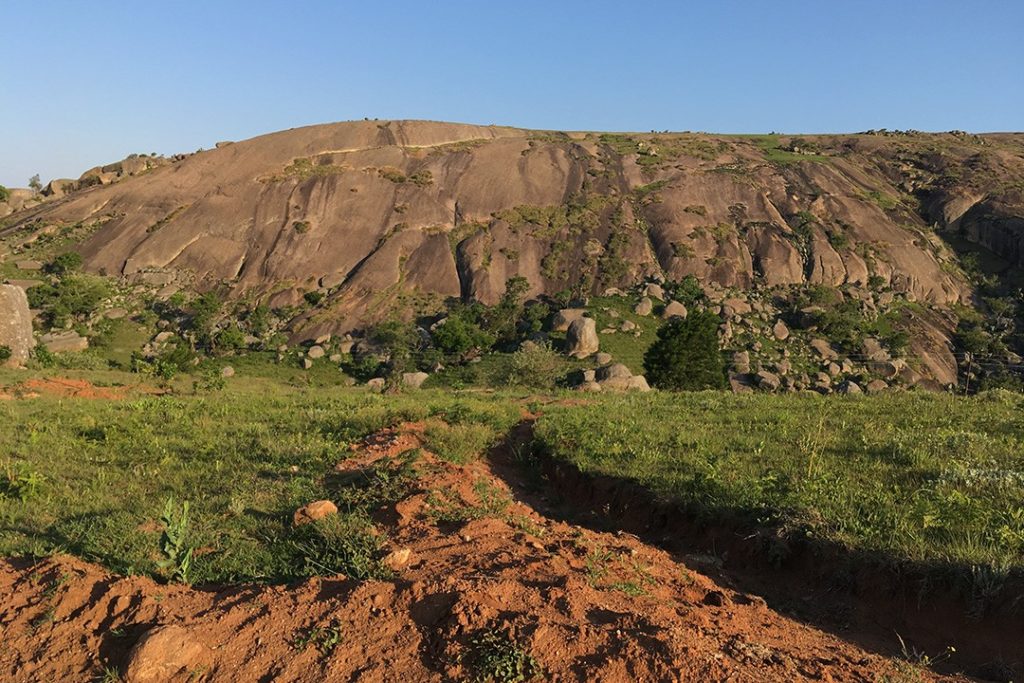
Unlike Uluru – which holds deep spiritual and cultural significance to the indigenous people and should not be climbed – summiting Sibebe Rock is possible. Community guides operate hikes which can be arranged at nearby lodgings.
At the summit are sculpted boulders, granite slopes and secluded forest clefts with trails leading to caves and waterfalls. Orchids and other wild flowers blanket the grasslands from October to December.
13. Ngwenya Mine
The Ngwenya Mine located within the Malolotja Nature Reserve is considered to be the world’s oldest mine. Its iron ore deposits constitute one of the oldest geological formations in the world, dated by archaeologists to at least 43,000 years old.
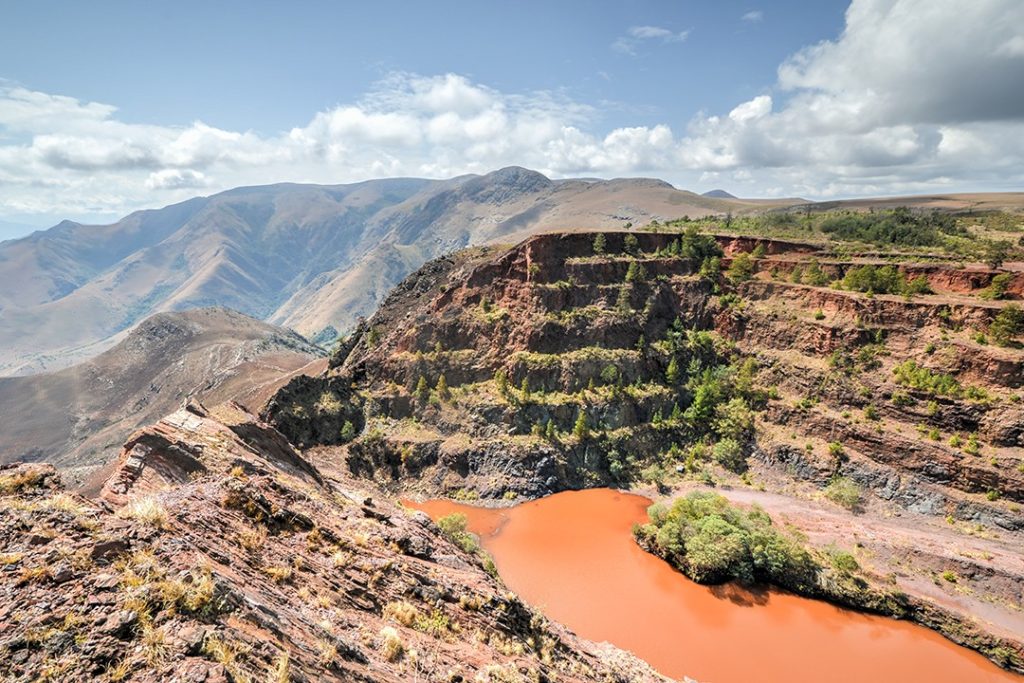
You can visit the mine on a guided tour organised at the nearby visitor centre.
14. Lubombo Mountains
Along the border with Mozambique is a string of dramatic and rugged volcanic hills known as the Lubombos (or Lebombo Mountains outside of Eswatini). The 600m (1,968ft) hills in Eswatini represent just a small section of the 800km-long range that stretch as far north as Kruger in South Africa.
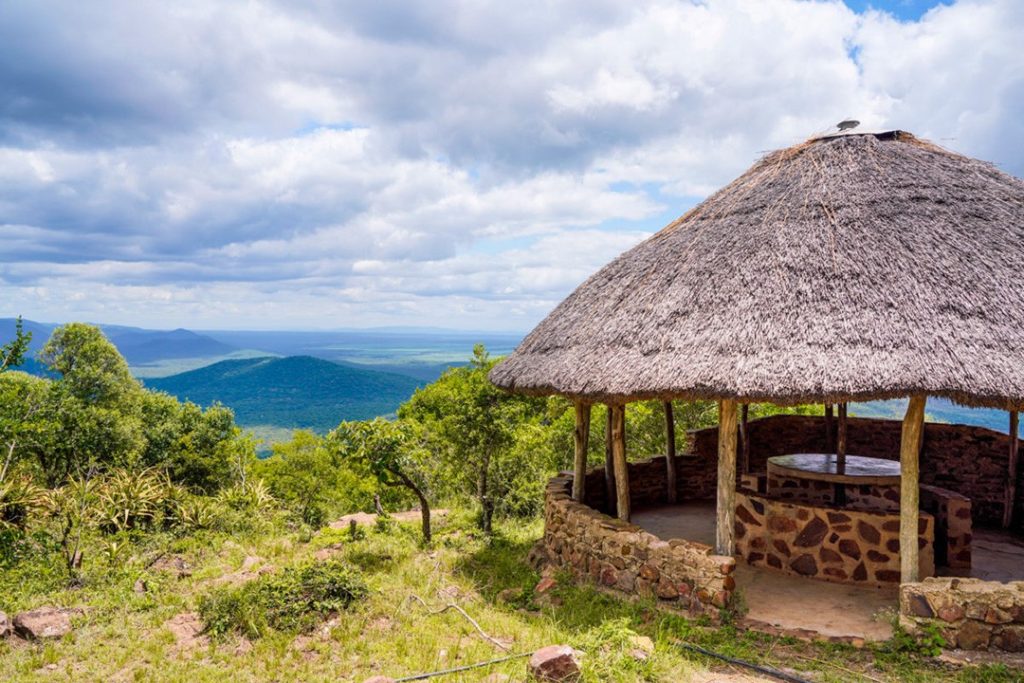
The region is home to the new initiative known as the Lubombo Eco Trails, a network of hiking, cycling and 4WD tracks linking a number of community-based enterprises such as eco lodges and cultural attractions.
The centrepiece of the collective is the Shewula Mountain Camp and Nature Reserve, the first community eco-tourism project in Eswatini. The simple but marvellous camp enjoys a stunning vantage point with jaw-dropping views across this remote region of Africa.
More information: shewulacamp.org
Things to do in Eswatini: the essentials
What: Things to do in Eswatini (Swaziland).
Where: We spent our first night at Stone Camp in Mkhaya Game Reserve, a collection of comfortable open-walled stone dwellings offering close encounters with nearby wildlife. We had antelope wandering right outside our cosy rondavel. The thatch-roofed stone structure had open walls, perfect for watching wildlife from our bedside.
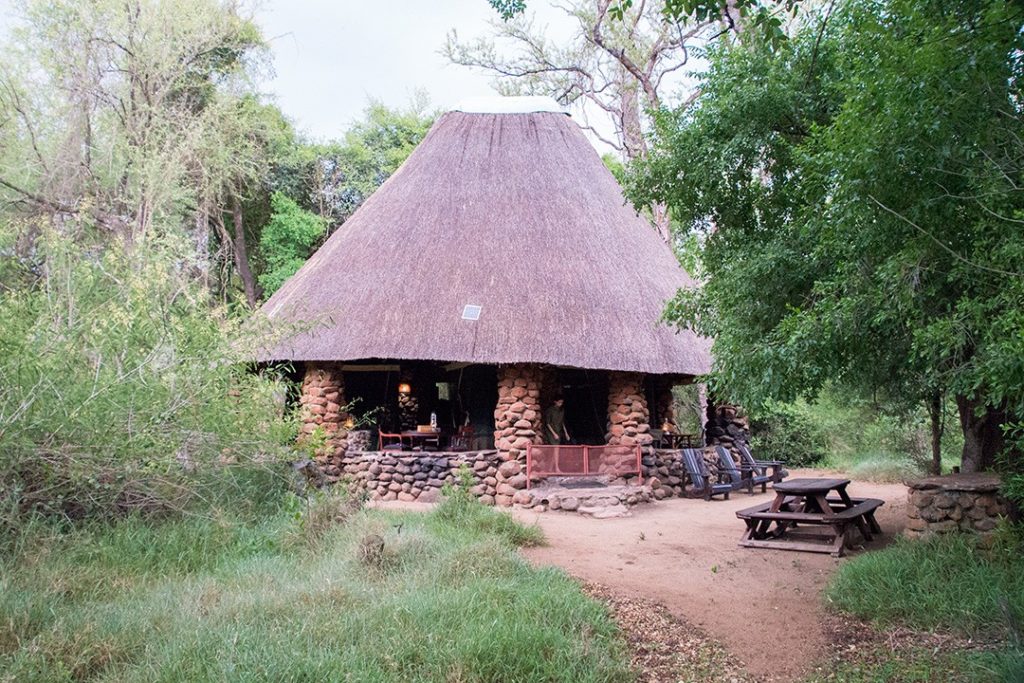
Our second night was spent at Mlilwane Wildlife Sanctuary which had equally charming lodgings including large ‘beehive’ structures constructed with natural materials. There, we found a warthog with two little babies lazing on the lawn outside.
You can book the above at Big Game Parks , via email at [email protected] or phone +268 2528 3943/4 or +268 7677 6772.
There are dozens of other accommodation options on the official Eswatini Tourism website .
When: The best time to visit Eswatini is the dry winter months of May-Sep when low vegetation and dwindling water sources make game especially easy to spot.
Oct-Mar are hot and wet, but don’t let that put you off. The scenery is lush and green, allowing for haze-free photos, and given Eswatini’s tiny size, game is rarely too hard to spot.
How: We hired an Avis car in Durban, South Africa, and visited Eswatini on a three-day self-drive, stopping at Mkhaya, Hlane and Mlilwane before re-entering South Africa en route to Johannesburg. Note that you must obtain a letter from your car company permitting you to enter Eswatini (at an additional cost of around 550 ZAR / 40 USD).
The driving in Eswatini isn’t difficult bar a stretch between Mkhaya and Hlane where dozens of potholes severely slowed our progress. It was just about navigable in our 2WD, but really should be tackled by 4WD.
We flew to South Africa with South African Airways. Book flights via Skyscanner for the best prices.
Enjoyed this post? pin it for later…
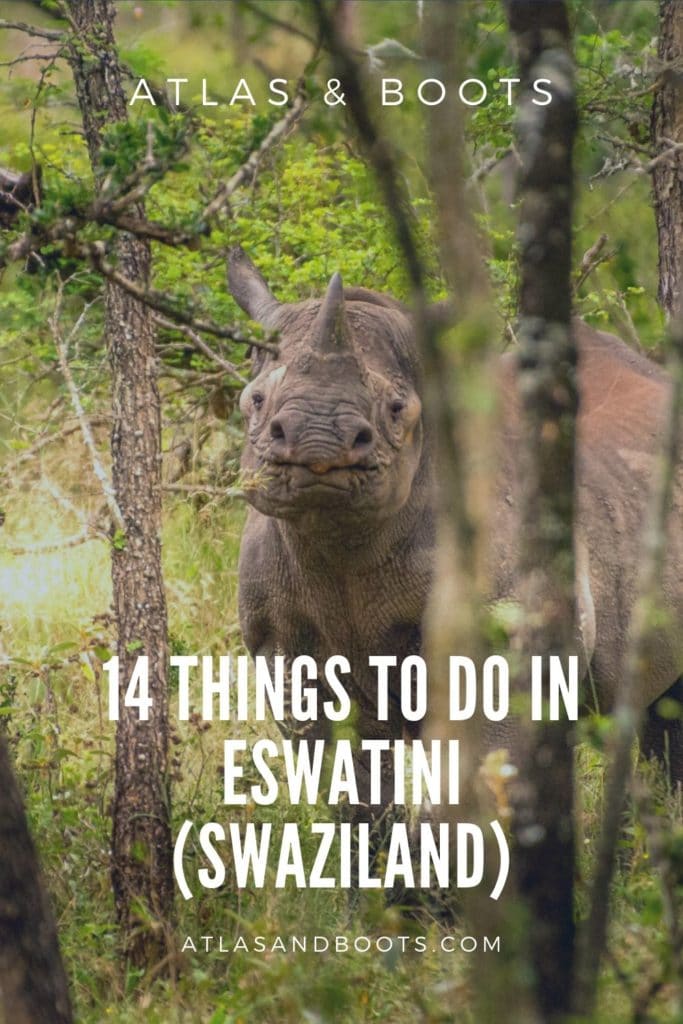
Lonely Planet South Africa, Lesotho & Swaziland covers all of the above things to do Eswatini, ideal for those who want to both explore the top sights and take the road less travelled.
You might also like:
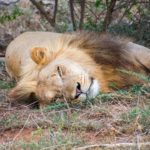
10 Fun Things To Do In Swaziland
Planning a trip to one of the few remaining monarchies in the world and the smallest country in Africa? There many things to do in Swaziland, also known as eSwatini.
The name Swaziland derives its name from a king named Mswati II. ”KaNgwane”, named for Ngwane III, is an alternative name for Swaziland the surname of whose royal house (dynasty) remains ”Nkosi Dlamini (House of Dlamini)”.
”Nkosi” translates to “king” and Mswati II was the greatest of the fighting kings of Swaziland, and he greatly extended the area of the country to twice its current size.
eSwatini is a landlocked country with South Africa on its north, crosses the country to the north, to the south and to the west and to the east.
Swaziland is relatively small, not more than 200 km from north to south, and 130 km from east to west.
This guide shares some important things to know before visiting eSwatini for the first time and things to do in Swaziland.
Facts on Swaziland
What is swaziland known for.
Africa’s last remaining absolute monarchy is known for its wildlife, hospitality and amazing landscape.
Population in Swaziland
The population in Swaziland is 1.3 million in 2020.
Is Swaziland part of South Africa
Swaziland is a landlocked country that South Africa borders to the north, south, and west and Mozambique to the east.
Swaziland is not part of South Africa. eSwatini is South Africa’s neighboring country.
How big is Swaziland
Swaziland covers an area of 17,364 km2, it is one of the smallest countries in Africa, slightly larger than half Belgium’s size, or slightly smaller than New Jersey’s US state.
What currency does Swaziland use
The currency in Swaziland is Emalangeni. It’s 1:1 with the South African Rand, which is also accepted at most places in eSwatini.
Is It Swaziland or Eswatini?
For much of the 20th century, the tiny, Swaziland was under British administration, only gaining its independence in a non-violent transfer of power in 1968.
After the country turned 50 in April 2018, King Mswati III announced that from this point henceforth, the land formerly known as Swaziland is now to be known as the Kingdom of eSwatini.
The name change was driven by a desire to fully break from the country’s colonial past while ending international confusion between Swaziland and Switzerland.
What’s the national animal of Swaziland
Thomson’s gazelle is the official national animal of Swaziland. It was named after explorer Joseph Thomson and is sometimes referred to as a “tommie”.
Traveling to Swaziland from South Africa
Traveling to Swaziland is relatively easy. eSwatini is accessible by air or road through 13 border posts: two in Mozambique and 11 in South Africa.
The country offers visa-free travel to most nationalities for up to 30 days but it’s always important to check their government website for updated legislation.
You can also travel to Swaziland by plane to the new King Mswati III International Airport located in Manzini. A flight from Johannesburg to eSwatini takes about 50 minutes.
The distance between Johannesburg and eSwatini is 340 km. If you travel to Swaziland from Johannesburg by car, it takes 3 to 4 hours.
Traveling around Swaziland is relatively easy. You can easily drive around the whole country in 2 days. eSwatini is divided into four regions: Hhohho (North), Mbabane (Capital city), Manzini and Lubombo (East).
Things to do in Swaziland
Despite being the smallest country in Africa, there are many things to do in Swaziland. Here’s what I got up to during my 48 hours in Swaziland.
1. Hiking in Swaziland
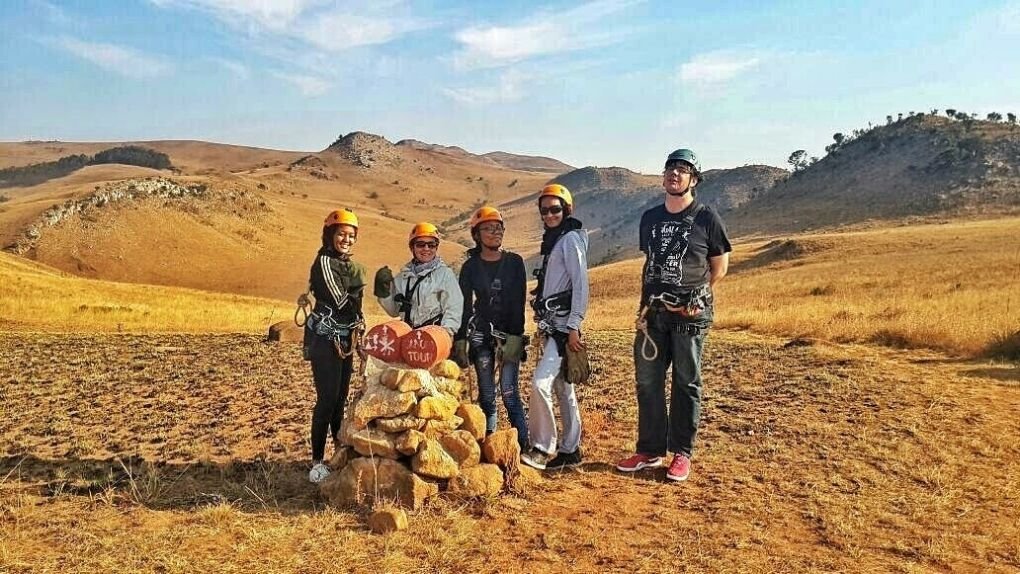
Experience the thrill of gliding through the forest canopy in one of the last mountain wilderness areas left in Swaziland. The secluded Malolotja Nature Reserve contains plenty of games, amazing birdlife and a world-renowned display of wildflowers in spring.
Malolotja Nature Reserve contains a wide variety of mammals and birdlife including rare species such as the Forest Canary and Ground Woodpecker. The tour includes a long drive in an open game vehicle to the start of the Canopy Tour, where sightings of Blesbuck, Eland, Impala, and Zebra are common.
The tour consists of eleven elevated forest platforms, ten slides and a 50-meter long suspension bridge that crosses the Majolomba River.
More amazing places for Hiking in Swaziland
- Mahamba Gorge Lodge : Explore several trails within the gorge leaving from this community-run lodge.
- Ngwempisi Hiking Trail : Meandering hikes through the forests and hills of the Ngwempisi Gorge.
- Mlawula Nature Reserve : There are 10 self-guided hikes in this private nature reserve, ranging from one-hour to a full-day hike
2. Go horse riding at Milwane Wildlife Sanctuary
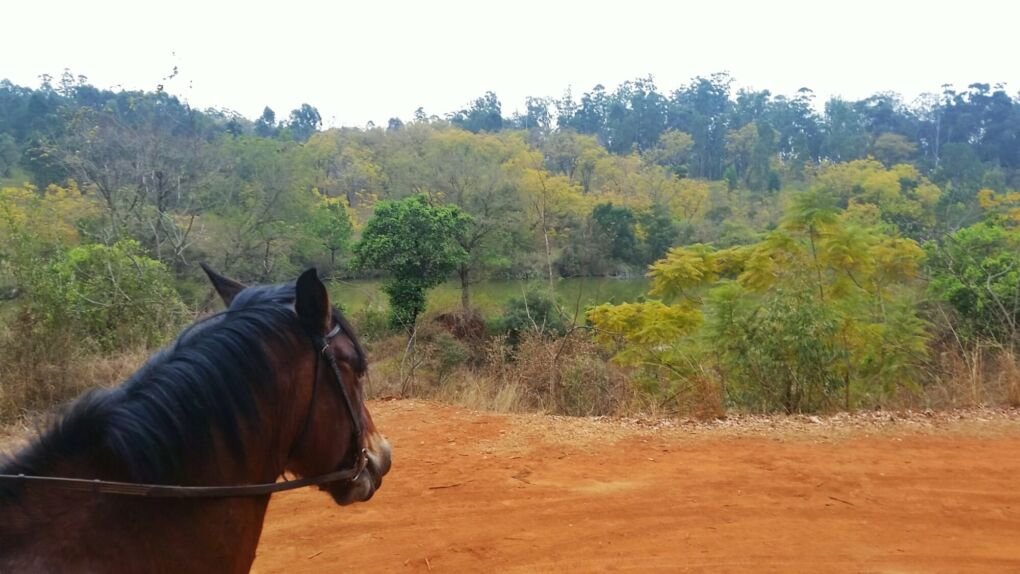
Known as the Mother of Conservation in the Kingdom as it’s Swaziland oldest nature reserve. The name ‘Mlilwane’ (‘Little Fire’ in siSwati) was derived from the numerous fires started by lightning strikes on the Mlilwane Hill but now holds significance as the little fire that ignited the conservation movement in eSwatini.
Horse riding at Milwane Wildlife Sanctuary also known as the Mother of Conservation was one of my favorite experiences. Guests can visit for the day or stay overnight.
The activities on-site and in the surroundings include nature trails, horse riding, mountain biking, and game drives. Guests can explore the craft shops in Ezulwini and Malkerns.
3. Shop till you drop at Ezulwini Valley Market
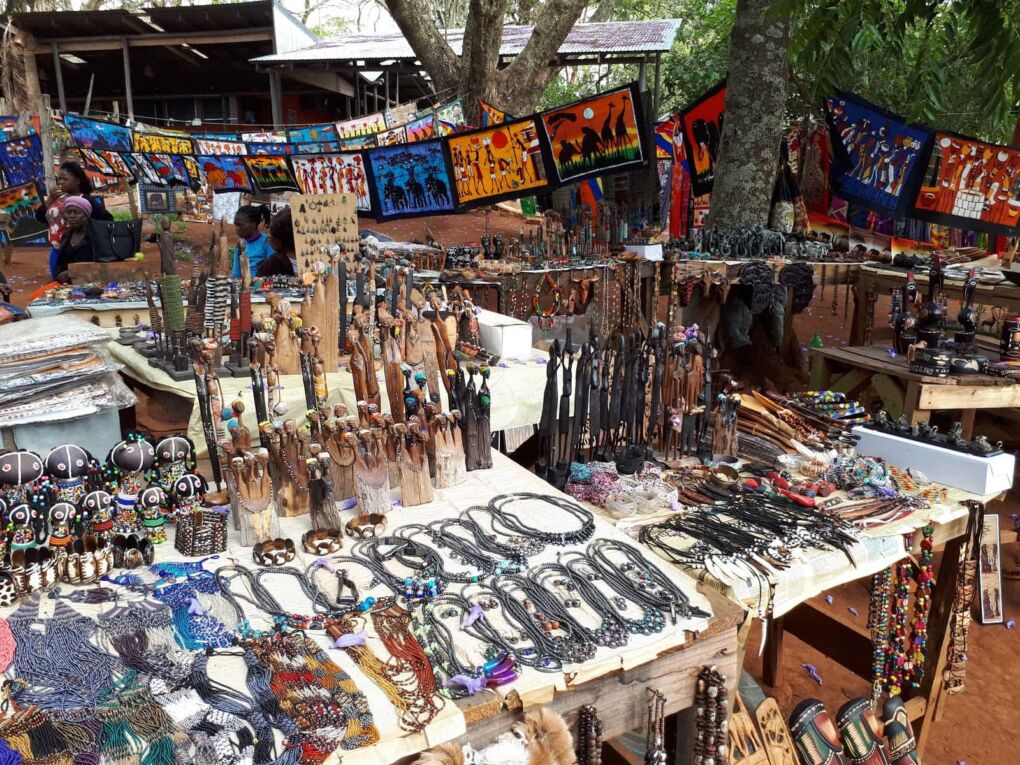
4. Explore the Villages
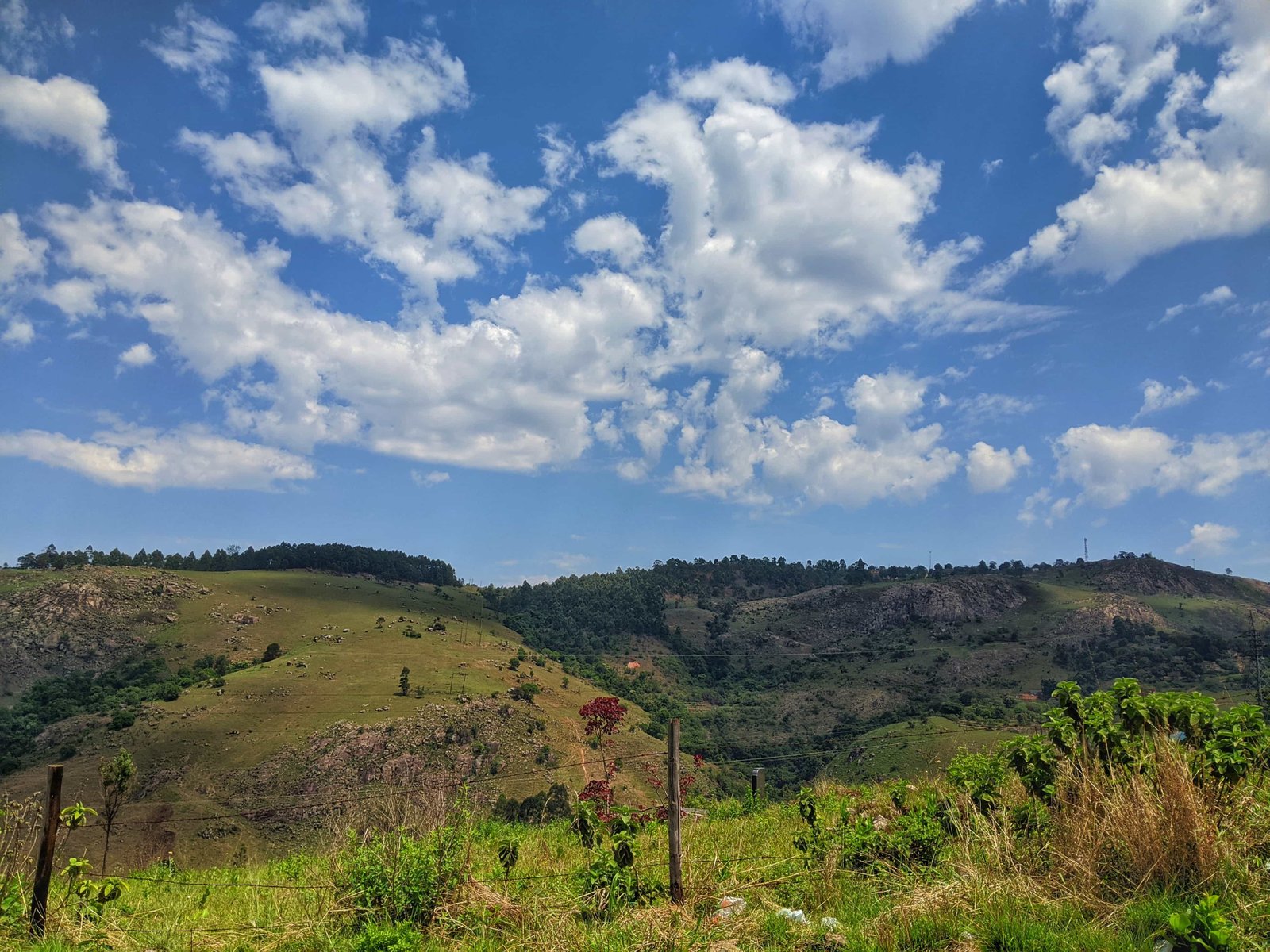
Explores the villages and get to know the locals in the Maguga area. We were welcomed into the Mnisi homestead where we learned about the different roles of each family member, the importance of a kraal and the types of huts they have.
5. Sing and Dance with the locals at Mantenga Cultural Village
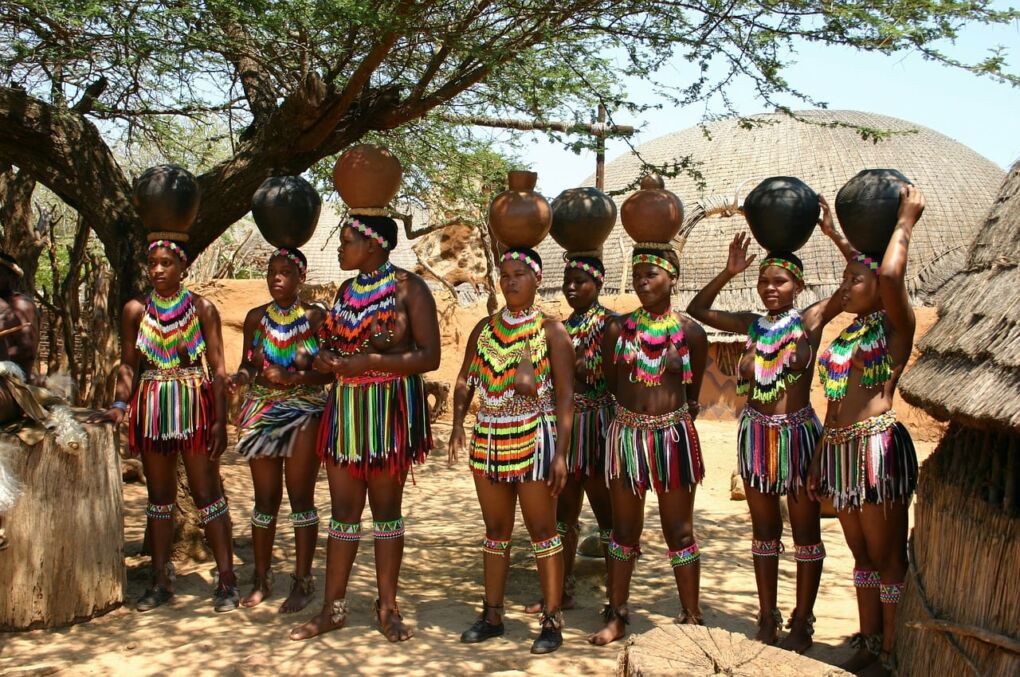
This live museum of old traditions and represents a classical Swazi lifestyle during the 1850s. It comprises 16 huts, kraals, and byres for cattle and goats, reed fences and other structures. Visitors are encouraged to interact with the people in the village and can do so by grinding maize, plaiting mountain grass or joining in the Swazi song and dance.
Trading hours:
- Mantenga Cultural Village – 8 am – 10 pm.
- Restaurant – every day.
- Traditional dances – 11:15 am and 15h30 every day.
- Day visits – 8 am – 5 pm every day.
6. Buy souvenirs at Swazi Candles Centre
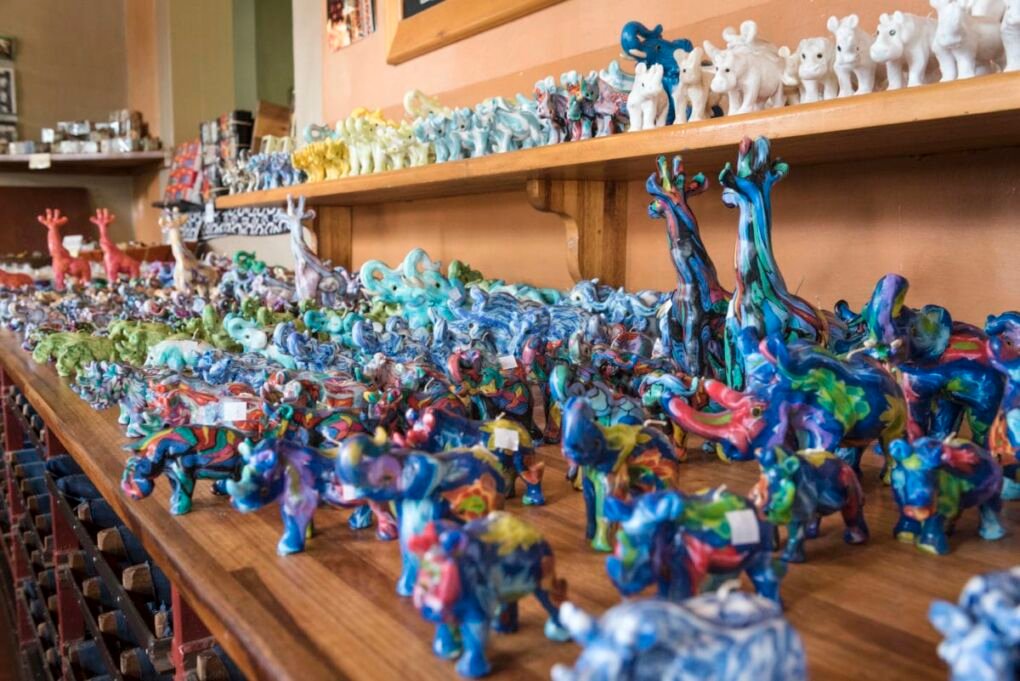
Located near Malkerns, this is one of the best things to do in Swaziland, it’s also the biggest tourist attraction in the Kingdom. It’s an amazing place to wander around in; watching artisans making products, shopping for the best handcraft and designs.
The center was established in 1982, their core business is candle manufacturing both conventional paraffin wax and 100% organic candle tea lights made from soya. Wax-enclosed LED lights, pure vegetable glycerine soaps, and marula oil body balm are also available in our vibrant, handmade product range.
The center is open seven days a week from 8 am to 5 pm.
7. Head to Swaziland National Museum for a History Lesson
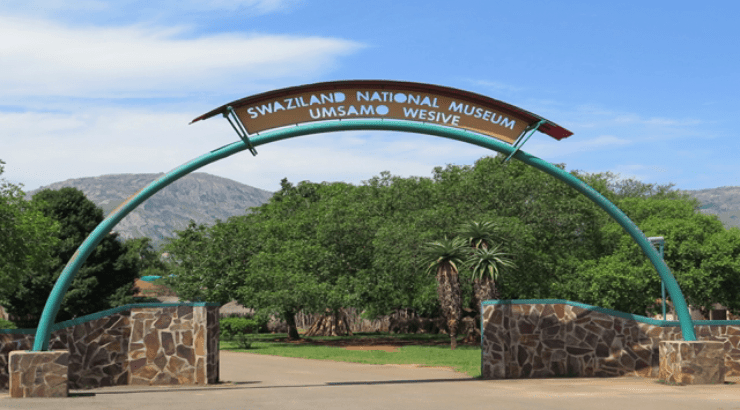
The museum has natural science exhibitions, art projects and displays going from the early history of humankind and the world to the pre-independence days. The Museum is the only one in the country and it’s based in the Lobamba region.
8. Reflect at the King Sobhuza II Memorial Site
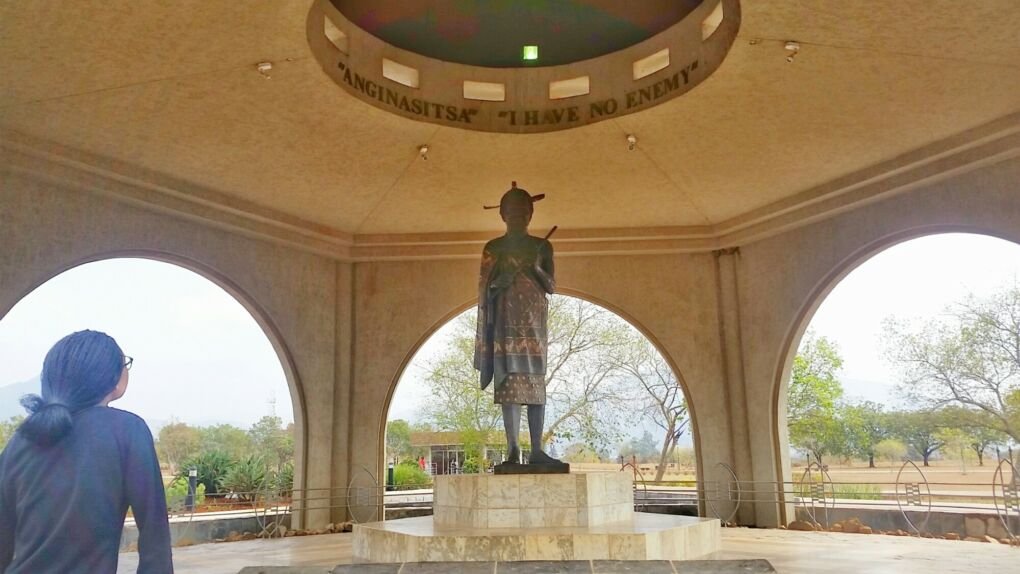
The memorial serves as a tribute to the memory of the Nation’s beloved King Sobhuza who led Swaziland to independence in 1968. The garden around it offers suitable tranquility.
This heritage site and is situated adjacent to the houses of parliament and the National Museum, and there are certain places where photos aren’t allowed.
9. Ngwenya Glass
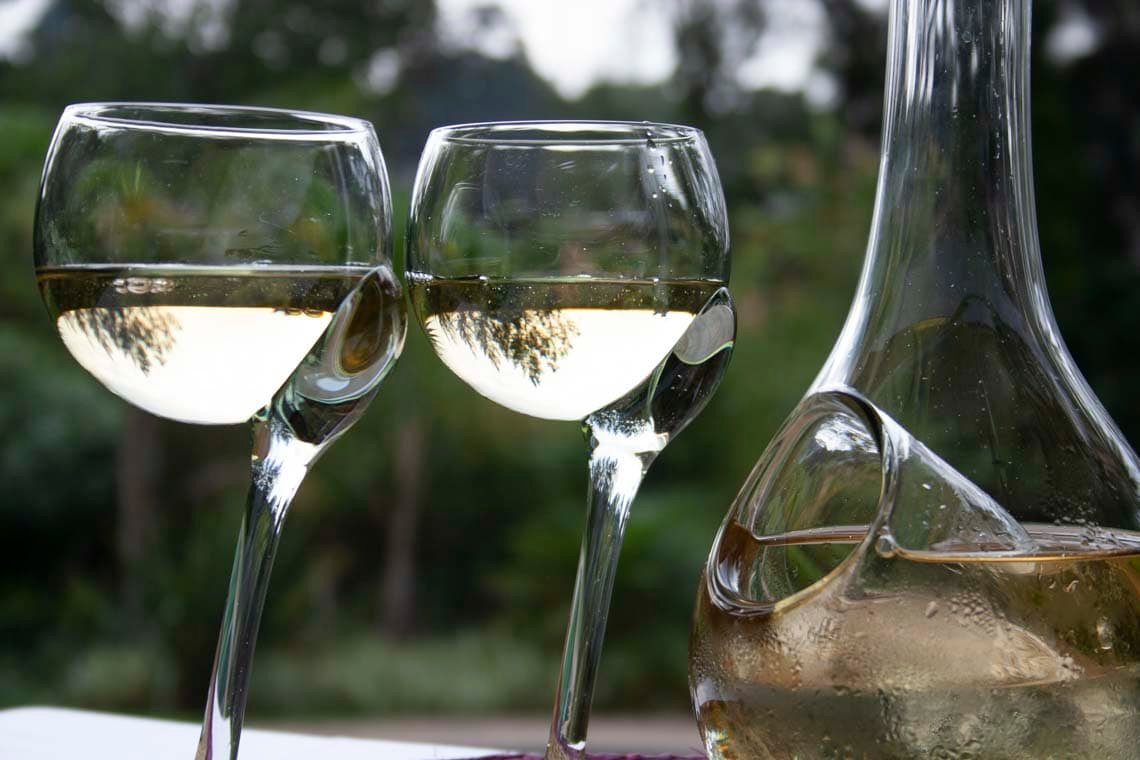
Ngwenya Glass was started in 1979 by Swedish Aid. They built the factory, imported all the machinery and equipment and employed and trained Swazi’s in the age-old art of glassblowing.
Two of the most talented were sent over to Sweden to be trained by some of the leading glassblowers in the world. From 1981 to its closure in 1985, the factory was run entirely by Swazi’s.
It’s one of the best things to do in Swaziland, you can stop by and learn about glassblowing, purchase a souvenir or two then have a coffee at their cafe and go to your next destination.
10. Enjoy live music at the amazing House on Fire
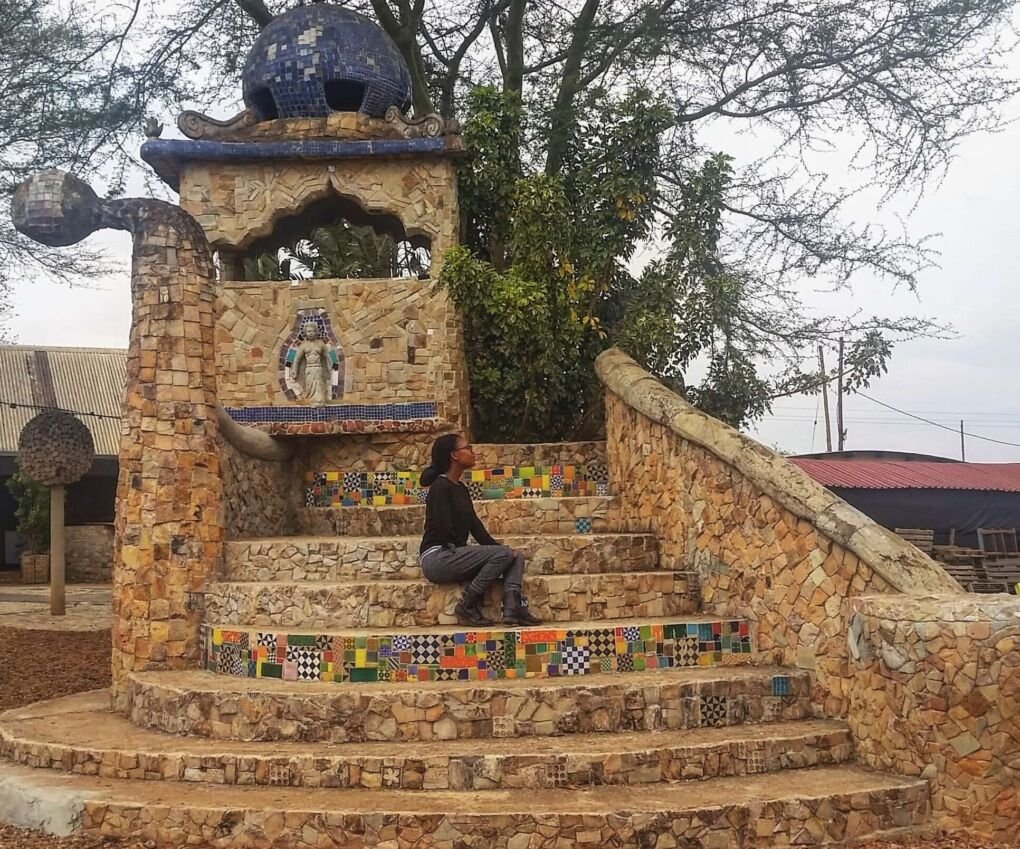
The performance arena and art gallery are famous for being the home of the Bush Fire Festival , travelers can pop in for a meal or night out. For the event calendar visit www.house-on-fire.com

11. See Swaziland’s Sibebe Rock
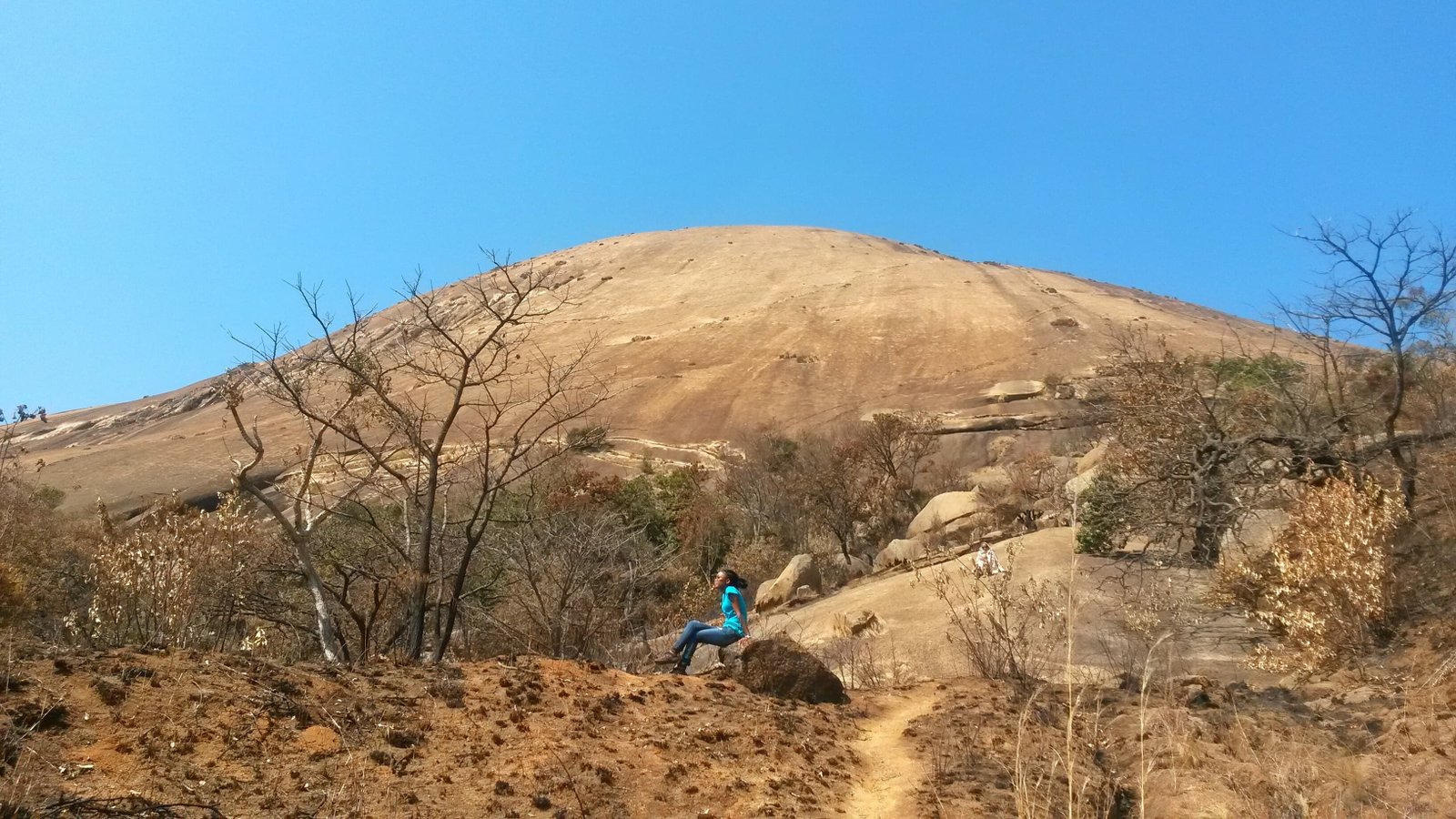
This is the second-largest exposed granite dome in the world (after Uluru in Australia). This is one of Swaziland’s most amazing natural attractions, over three billion years old, yet it doesn’t suffer from overtourism.
If you have a few hours to spare, opt for a guided hike to the top. This is one of the most rewarding Swaziland tourist attractions that promises views to remember for a lifetime.
Planning an African Safari Trip?
- Year-long Southern Africa Packing List
- Tips for driving in South Africa
- Comprehensive Guide to Kruger National Park
- Best National Parks in South Africa
- Where is the Serengeti
Where to Safari in Swaziland
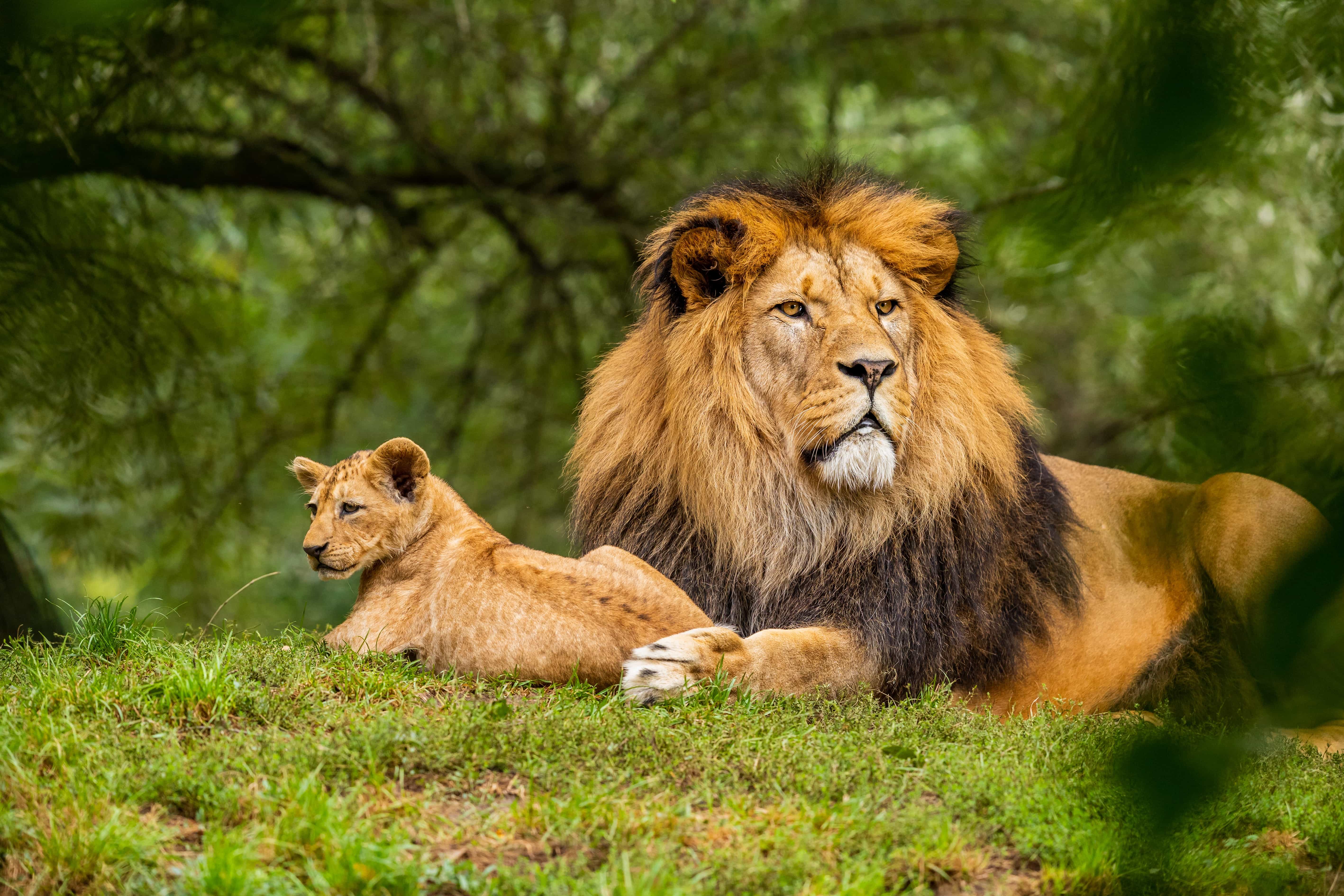
- Hlane Royal National Park : Swaziland’s largest protected area and the only one with lions and elephants.
- Mbuluzi Game Reserve : One of the best private wildlife reserves in the kingdom, featuring an array of (non-dangerous) herbivores and over 300 bird species.
- Mkhaya Game Reserve: The jewel in eSwaztini’s wildlife reserve crown, with almost guaranteed rhino sightings.
- Mlilwane Wildlife Sanctuary: A birder’s paradise located just 30 minutes from Mbabane.
Where to stay in Swaziland
Milwane wildlife safari.

Mlilwane offers rooms in traditional dome-shaped huts, bungalow and chalet accommodation. Each comes with a shower, tea-and-coffee-making facilities, linen, and towels.
[maxbutton id=”1″ url=”https://www.booking.com/hotel/sz/mlilwane-wildlife-sanctuary.en.html?aid=1558524&no_rooms=1&group_adults=1″ ]
Hlane Royal National Park
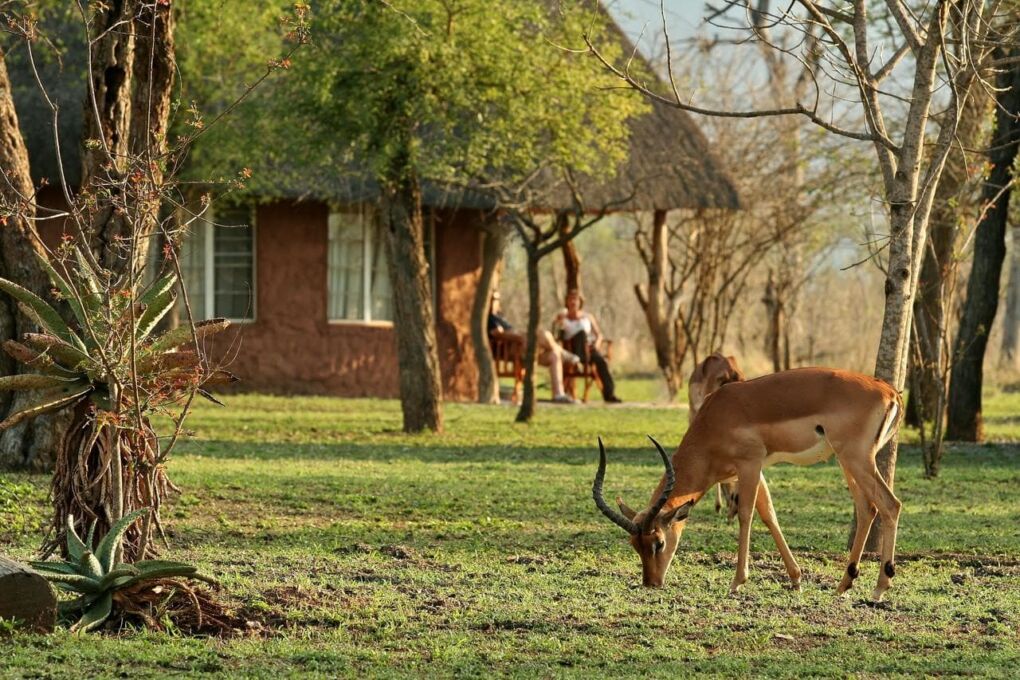
Hlane is a 22,000 ha park with the largest herds of game in the Kingdom.
This affordable Lowveld destination with an impressive ancient hardwood habitat specializes in exotic birds, lions, elephants, vultures, and marabou storks. The park conserves vast natural resources and holds deep royal and cultural significance.
Ndlovu Camp (main camp), hosts the reception services, the restaurant, and accommodation in double or twin rooms, as well as three and four-bedroom chalets. Bhubesi Camp is a 30-minute drive from Ndlovu Camp and offers accommodation in two-bedroom units.
Ndlovu Camp being the heart of activity within the big game area, while Bhubesi Camp is a quiet self-catering camp outside the endangered species area. Guided game drives, game walks and self-drive complement the affordable accommodation are available.
[maxbutton id=”1″ url=”https://www.booking.com/hotel/sz/hlane-royal-national-park.en.html?aid=1558524&no_rooms=1&group_adults=1″ ]
Mkhaya Game Reserve
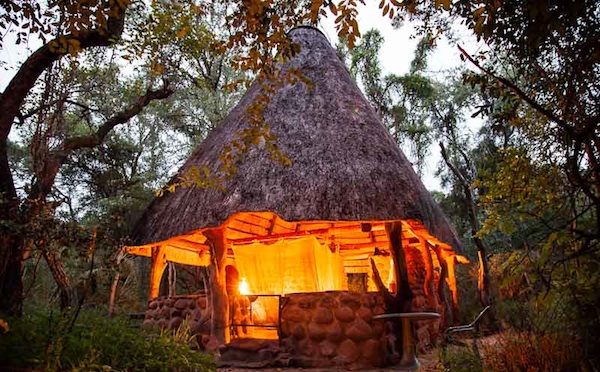
In the southeast of Swaziland, the heart of Swaziland’s Lowveld, lies Mkhaya Game Reserve, a unique African wildlife experience.
I loved staying at their Stone Camp – laid out in a riverine forest along a dry riverbed.
All accommodation units are semi-open with half walls and tall thatch roofs suspended on thick stone pillars. It’s a great way to immerse yourself in nature.
The buildings have no doors or windows, but a simple “gate” prevents larger unwanted visitors. Electricity is replaced by candles and paraffin lanterns, creating a magical atmosphere at sundown.
Travel Insurance for Swaziland
Use travel insurance while visiting eSwatini so you are covered for theft and medical expenses. There are a lot of adventurous activities to do in Swaziland, and it’s best to have peace of mind while driving, hiking and trying some of the best food in the world.
Find out why I recommend World Nomads, check out my World Nomads Insurance review.
Disclaimer: This article contains affiliate links. This means that if you make a booking after clicking on a link, I may receive a small commission at no extra cost to you!
1 thought on “10 Fun Things To Do In Swaziland”
Beautiful photos! I really want to visit!
Leave a Comment
Your email address will not be published. Required fields are marked *
This site uses Akismet to reduce spam. Learn how your comment data is processed .

eSwatini Travel Guide: Land of the Swazi
Explore eswatini with this helpful eswatini guide and experience the swazi-lifestyle, stunning highlands with adventurous activities, amazing waterfalls and a plethora of wildlife reserves.
ESWATINI NATIONAL PARKS VISITED
ESWATINI RESERVES EXPLORED
eSwatini Travel Guide
Eswatini, formerly known as Swaziland , is the second smallest country in the continent of Africa and is landlocked by South Africa and Mozambique. Although it's a small country, the Kingdom of Eswatini has a lot to offer, from nature and wildlife reserves to cultural experiences, city life, and adventurous activities like quad biking, hiking trails, white water rafting, caving, and canopy tours. Swaziland is also known for its handmade products, like candles, glass, woven baskets, and other curios. Visiting colorful local markets for souvenir shopping is also a nice cultural experience.
If Eswatini isn't on your bucket list yet, reconsider adding it! Because each place is unique, it's a country worth exploring for at least 6 to 7 days. The best places to visit in Eswatini are Royal Hlane National Park, Malolotja Nature Reserve, Mlilwane Wildlife Sanctuary, Mkhaya Game Reserve, KaMsholo Bushveld Safaris, and Shewula Mountain Camp.
Another Eswatini Travel Tip is attending Eswatin's largest cultural festival, the Umhlanga Reed Dance Festival in Ludzidzini Royal Residence. And if you're a lover of music, a must-visit is the MTN Bushfire Festival.
Because Eswatini borders Mozambique and South Africa , it's a very good idea to plan a 2 or 3-country itinerary. Passing through Eswatini is also a shortcut to get from Kruger to Hluhluwe, so why not add a few nights extra in this land of the Swazi to experience a different country and visit the highlights of Swaziland?
Check out this ultimate Eswatini guide where I share the most popular places to visit in Swaziland including some of the best things to do and things to know before you travel to Eswatini , for example, the best time to visit , safety in Eswatini, and visa requirements.
Interesting Facts eSwatini
Flag of eSwatini
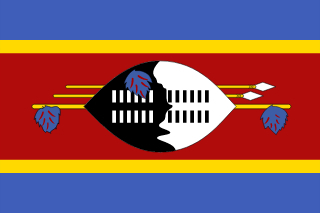
eSwatini's National Animal
Thomson's Gazelle
eSwatini National Dish Karoo roast ostrich steak
Currency in eSwatini
Lilangeni (SZL) or South African Rand (ZAR)
eSwatini Time Zone South African Standard Time or SAST (GMT+1 hour)
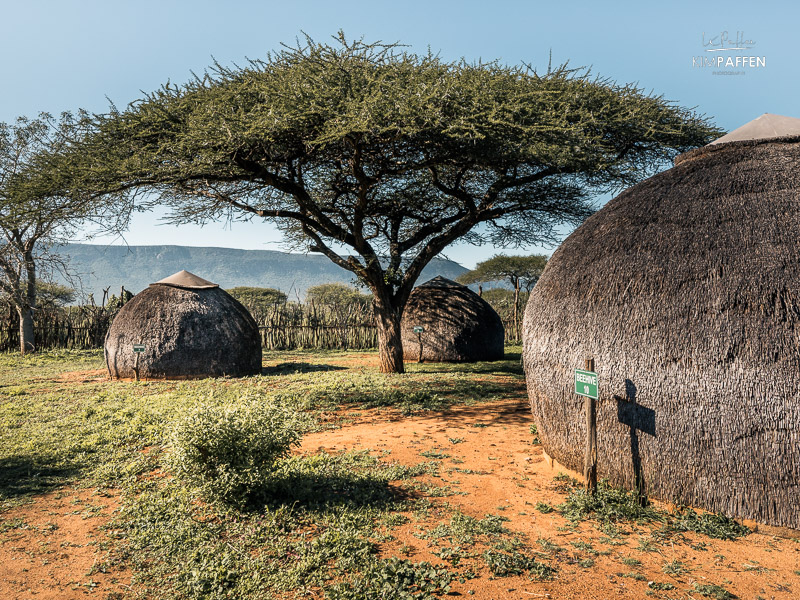
Swazi Beehive huts Eswatini
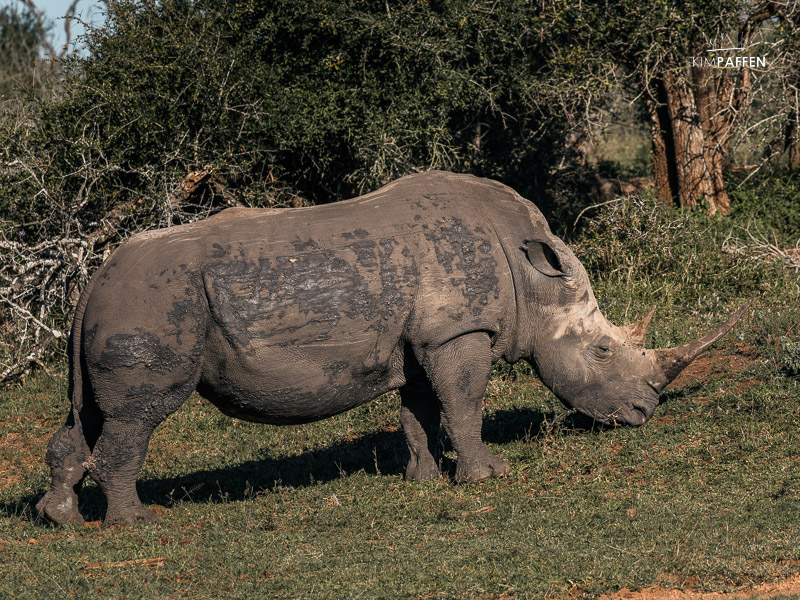
Best time to visit eSwatini
What is the best time to visit eSwatini? The best time of the year to visit eSwatini depends on your planned activities. In general, it's a year around destination with all kinds of activities. If you want to go on a safari in eSwatini, the best time to visit is during the dry winter. The dry season in eSwatini is from mid-April to mid-October, with an average temperature of 20 degrees. During the day it can get hot, especially in the sun, but in the evening the temperature drops, so pack some extra layers.
The wet season in eSwatini is during the summer months. The rainy season starts end of October until March.
Things to know before you travel to eSwatini

Safety in eSwatini
eSwatini is a safe country with low crime rates. Avoid travel by road outside major towns at night. I traveled through eSwatini with a guide and I felt safe at all times. The Kingdom of Eswatini has also received the Safe Travels Stamp of approval from the World Travel & Tourism Council for its Health & Safety protocols to give travellers the confidence to travel in Eswatini as safe as possible.

Visa requirements for eSwatini
Most tourists that visit eSwatini do NOT require a visa to enter eSwatini (Swaziland) . A full passport valid for at least three months is required for entry into Eswatini. Examples of countries that don't need a visa for eSwatini are the USA, most countries that are part of the European Union (EU), Japan, most Commonwealth countries and a few other countries. Tourist or business travellers are allowed to visit Eswatini for up to 30 days. If you want to know exactly if you need a visa, check the visa guide of the Government of the Kingdom of eSwatini . If you do require a visa to visit Eswatini, they can NOT be obtained on arrival at the Eswatini border post, but must be organized in advance from Eswatini’s Missions Abroad. This might change in the future.

Vaccinations & anti-Malaria tablets for eSwatini

Spoken languages in eSwatini
Eswatini has two official languages: SiSwati (or Swazi) and English , but about 76.000 people in Eswatini also speak Zulu , and about 19.000 people speak Tsonga . Because of a large Portuguese community from Mozambique, Eswatini introduced Portuguese as a third language in the schools.

COVID-19 Travel Restrictions Eswatini
In May 2022 it was easy to travel from South Africa into Eswatini through various border posts. To make things simple for tourists, they basically have the same COVID-requirements as South Africa. You will either need a valid COVID-19 vaccination certificate and must be fully vaccinated (2 dosis of the vaccine), or a valid negative COVID-19 test result that is not older than 72 hours for unvaccinated people. They also allow people with a valid recovery certificate to enter Eswatini. Eswatini's Safe Travels Stamp given by the World Travel & Tourism Council (WTTC) confirms that Eswatini is following world-class health and hygiene protocols. It's global safety and hygiene stamp for Travel & Tourism, designed to address COVID-19 and similar outbreaks.
Featured Eswatini Travel Tips
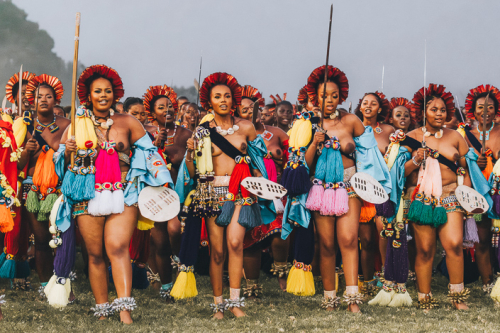
Reed Dance Cultural Festival
Join this Umhlanga Ceremony in Eswatini and learn everything you need to know about Swaziland's largest cultural event, unveiling the rich Swazi traditions.
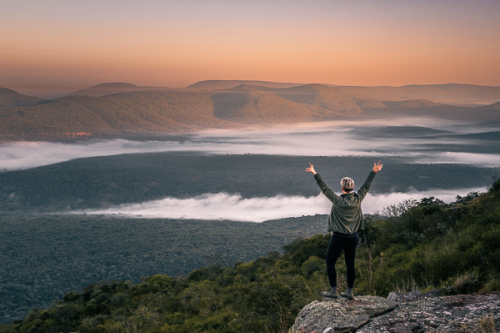
Top attractions in eSwatini
The best things to do in Eswatini that should be part of your Swaziland tour, incl. ✓ Safari in Hlane ✓ Malolotja Canopy Tour ✓ Quad Biking ✓Rhino Trekking & more
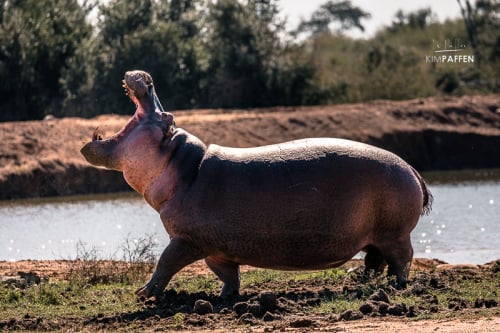
Safari Game Drive Africa
Things to do in eswatini to cross off your bucket list.
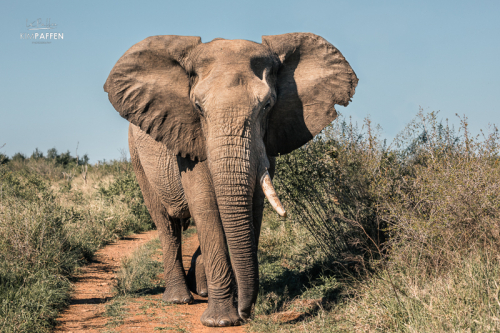
Safari in Hlane National Park
Hlane Royal National Park is Swaziland's largest protected bushveld area and the only National Park in the country. Through a guided safari in a 4x4 vehicle, you will have the chance to spot 4 out of the Big 5, except for the Buffalo. Hlane is one of the best places in Africa to see the rhino. Apart from that, you can also find giraffes, hippos, crocodiles, zebra, impala, wildebeest, and hyenas. Hlane National Park also has waterholes where you can watch hippos, rhinos or even elephants drink while you enjoy your African sundowner drink.
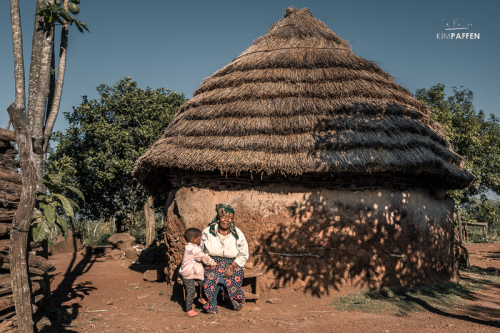
Shewula Cultural Experience
On the edge of Shewula Nature Reserve , on top of the Lubombo Mountains, you can find Shewula Mountain Camp . It's the first community eco-tourism project in Eswatini that is run 100% by the community and they serve freshly made traditional food. The camp has one of the best panoramic views of Eswatini and Mozambique. Both sunset and sunrise are magical, not to speak about the starry night sky with clear visibility of the Milky Way. Members of the local community will also perform music and traditional dances. The camp also offers a village tour where you visit local Swazi homesteads.
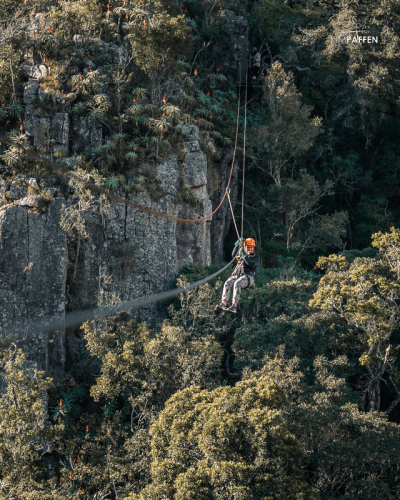
Malolotja Canopy Tour
Malolotja Nature Reserve is a hiker's paradise and one of the most beautiful highland reserves in Eswatini and Southern Africa. Malolotja offers amazing views of the hills, the gorges, and Malolotja Falls. Malolotja doesn't have big game, but it's the place where you can find the biggest antelope, the Eland. Other wildlife to find in Malolotja are the blesbok, zebra, wildebeest, mountain reedbuck, and oribi. If you don't have the time to overnight in this stunning reserve, join the adventurous Malolotja Canopy Tour . First, you'll drive through the park where you'll be amazed by the incredible views. After a 10-minute hike, you start the canopy tour covering 10 treetop zip-lines and one 50m suspension bridge with amazing views of the hills, Silotshwane Gorge, and the Majolomba River.
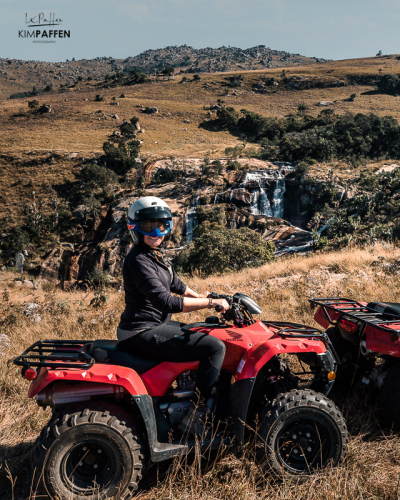
Quad biking Umushi weNkosazane
Umushi weNkosazane Resort & Spa offers an exciting and adventurous quad biking experience in Swaziland. It's a fun activity that shows you some of the best views that Eswatini has to offer, including a waterfall.

Trails to eSwatini's waterfalls
Eswatini offers several hiking trails in their nature reserves. On a lot of (short) walking trails, you already get to see some impressive waterfalls, like Phophonyane Falls in Phophonyane Nature Reserve, Malolotja Falls , Matenga Falls , and Silverstone Falls at Silverstone Lodge.
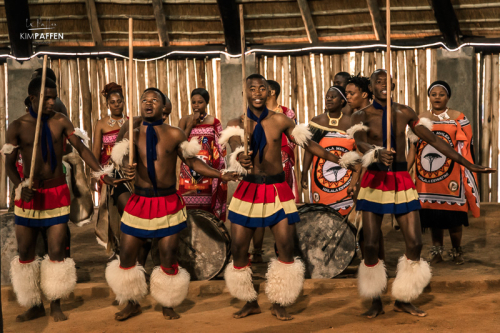
Mantenga Cultural Village
The Mantenga Cultural Village is one of the top cultural tourist attractions in Swaziland where you're able to experience local dance performances and drumming by local Swazi in traditional clothing. Mantenga Cultural Village also built a replica Swazi village to learn more about Swazi life . It's a commercial place created for tourists who want to learn more about the Swazi culture. I personally missed the authentic feel, but for first-time travelers in eSwatini or for people who are short on time while passing through Swaziland it is a good stopover and therefore worth a visit.
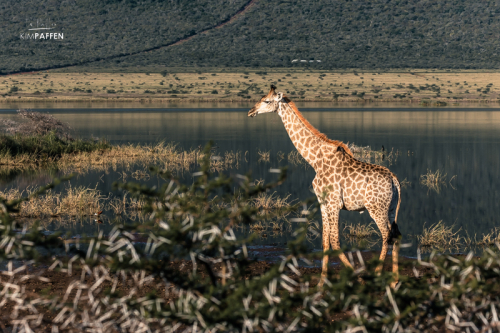
Umbrella Acacias in KaMsholo
Eswatini tours, featured eswatini knowledge.

The Big 5 Africa
What are the Big 5 safari animals of Africa and where to find them?

African sundowner
What is a typical sundowner on safari in Africa?
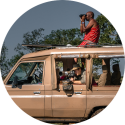
Related Africa Travel Guides
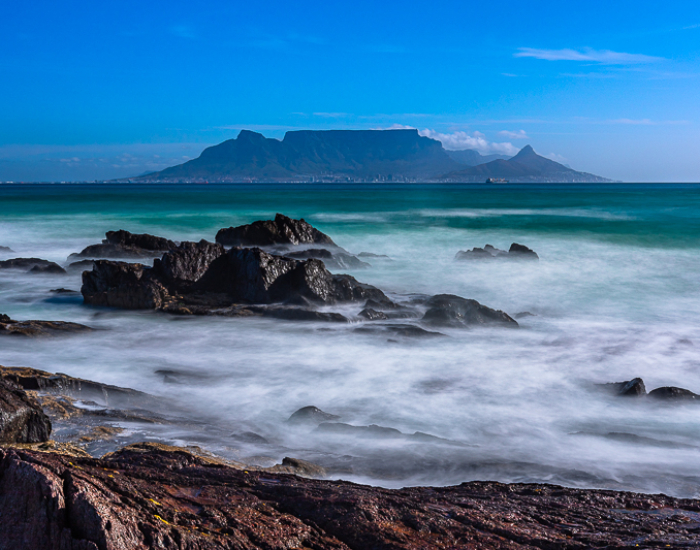
South Africa Travel Guide
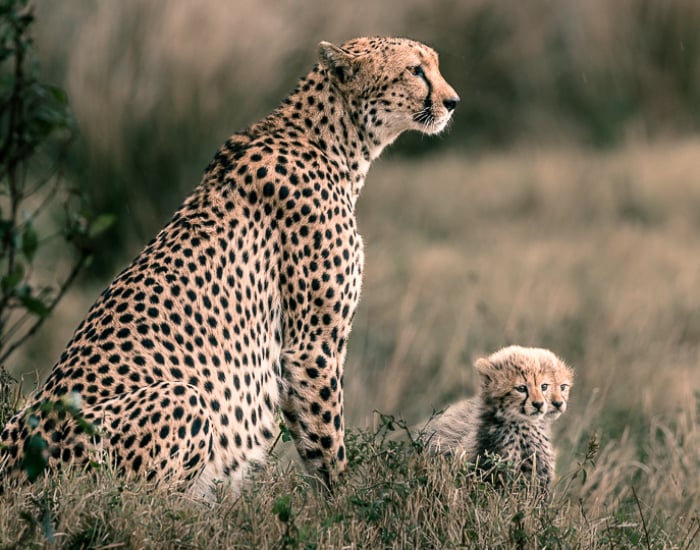
Kenya Travel Guide
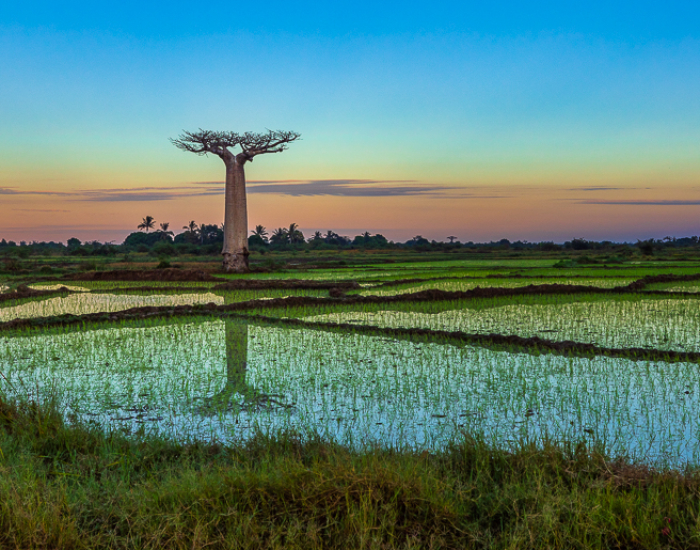
Madagascar Travel Guide
- Destinations
Wild Junket

Travel to Swaziland: My Detailed Guide & Itinerary
Last Updated on January 17, 2019
Table of Contents
Travel to Swaziland can be a truly surprising experience. Here’s my Swaziland guide to help you plan your adventure in Africa’s smallest country.
Is it swaziland or eswatini, where’s swaziland/eswatini, how to travel to swaziland, when to travel to swaziland, how to get around swaziland, day 1: explore ngwenya and malolotja nature reserve, stay at: hawane resort, day 2: learn swazi history and culture in the ezulwini valley, stay at: mlilwane rest camp, day 3: head to hlane national park, stay at: ndlovu/bhubesi camp in hlane national park, day 4: self-drive at mbuluzi game reserve, stay at: imfihlo lodge, day 5: drive south to kwazulu natal, inspired pin it.

Sandwiched between South Africa and Mozambique, the Kingdom of Swaziland (now known as Eswatini) is a tiny nation often described as ‘Africa in a nutshell’, a microcosm of the best Africa has to offer. Only after my recent trip did I realize it wasn’t just a marketing slogan.
Despite being the smallest country in Africa, Eswatini really does pack a punch with an impressive range of sights in a tiny area. In just a few days, we had some of the best wildlife experiences of our lives, witnessed colorful and lively cultural dances, and hiked several walking trails.
Plus, there are stunning scenery, adrenaline-pumping activities, affordable yet high-quality accommodation options and some of the most welcoming and proud people in the world. It truly offers the best of Africa in one small but perfectly formed country.
For those planning to travel to Swaziland, here is a complete Swaziland guide with the best things to do, best places to stay and eat, as well as my five-day itinerary in Swaziland.

In April 2018, Swaziland celebrated 50/50: 50th year since independence and King Mswati III’s 50th birthday. During the colourful celebrations, King Mswati III made an historic announcement that the country’s name would change to ‘The Kingdom of Eswatini’. Eswatini, meaning “place of the Swati people”, was actually the pre-colonial name of the Kingdom in Swazi language.
Most former colonies in Africa changed their names immediately on gaining Independence: The Gold Coast became Ghana, Basutoland became Lesotho and Nyasaland became Malawi. Although the Kingdom only made this change in 2018, 50 years after its independence, it is no less important, and marks a significant moment in the country’s history.
During our visit in June 2018, we still saw and heard the name ‘Swaziland’ everywhere. It will take time for the changes to be implemented, but I’m sure the world will get used to Eswatini’s new name very soon.

Located in southern Africa, Swaziland (Eswatini) is completely landlocked by South Africa to the west and Mozambique to the east. It’s the smallest country in Africa, in fact in the whole of the Southern Hemisphere. At an area of 17,204 square km (6,642 square miles), it is slightly smaller than the state of Massachusetts.
Many travelers make a flying visit to Swaziland on their way to Kruger National Park, but it’s well worth lingering at least five days or a week. You can easily combine a trip to South Africa with Swaziland, like what we did. We spent 16 days in total, driving from Johannesburg to Swaziland and then continuing south into Kwazulu-Natal and onto Lesotho, then back to Johannesburg.

Traveling to Swaziland is surprisingly easy: unlike many other African countries, Swaziland allows citizens of most countries (US, Canada, Australia, Singapore, China and EU nations) to enter visa-free for up to 30 days. Check their visa policy here.
There are flights into Eswatini from Johannesburg and Durban in South Africa and Maputo, Mozambique. The only international airport of Swaziland is the new King Mswati III International Airport in Manzini. Return flights from Johannesburg to Manzini is around US$350 per person.
Check for Flights to Swaziland
The most popular way to travel into Swaziland from South Africa is overland via border crossings. Depending on season, the border crossings from South Africa to Swaziland can be crowded. The Ngwenya/Oshoek Border Post is the most popular border post — we used this crossing and were lucky enough to find it rather empty. The border crossing took only around 15 minutes in total. Other border posts, such as the one near Amsterdam and Jeppes Reef are a good alternative and easily reachable with normal sedans.
For those without your own car, the Eswatini-based bus company SiyeSwatini TransMagnific provides transport to and from Swaziland daily. Stops include the Johannesburg airport, Nelspruit and Kruger International Airport on the weekends. The TransMagnific mini-buses are more comfortable than the public transport, but you must book at least a day prior to travel.
The South African Baz Bus is an independent line hop-on-and-off targetting backpackers, also makes regular stops via South Africa to various hostels and hotels in Eswatini.

We chose to travel Swaziland (Eswatini), South Africa and Lesotho in June, mainly for the mild winter climate and better wildlife opportunities.
June to September is the winter dry season in southern Africa. During this period, there is less vegetation and animals are more concentrated around rivers and waterholes, making it easier to spot them. There are also fewer mosquitos.
However, it can get cold in the evenings at the higher-lying areas. That means you’ll need to bring a winter/down jacket for game drives at sunrise and sunset. Temperatures in the lowlands range from 12 to 25 degrees Celsius, and in the mountains from 3 to 10 degrees Celsius.
We mostly wore t-shirt and shorts or cargo pants during the day, plus a light jacket at night. The only time we wore our thick winter jacket was on the evening game drives, when the wind was lashing at us on the open safari jeeps.

The best way to travel around Swaziland (Eswatini) is by car rental. We booked our rental car online from Discover Car Hire . For the entire two-week trip in South Africa, Swaziland and Lesotho, it only cost us just US$250 including a toddler car seat and all the permits we had to pay to drive the car across borders.
Driving in Swaziland (Eswatini) is relatively easy and straightforward. The roads are good, though certain stretches may have lots of potholes. Because the country is small, you don’t have to drive far to see most sights — the longest drive we did in Swaziland without stopping was only two hours.
Check for Car Rentals here!

If you’re not renting a car, the most common mode of transport is minibuses called Kombis. In Swaziland, these vans are often driven by very young men, and most have assistants who estimate and collect fares, ask your destination, and make change. Fares typically range from R5 for short trips of around 5 minutes to R30 for longer trips.
Be prepared for crowded seats, loud radios, and sometimes reckless driving. The larger Sprinter vans are a safer and faster choice if available.
Travel to Swaziland: Our 5-Day Itinerary
As mentioned, Swaziland (Eswatini) is small enough to visit in just a few days. We spent five days in Swaziland and it was sufficient to explore almost the whole of northern and central Swaziland. We did miss some sights like the Sibebe Rock, Mbabane the administrative capital city of Swaziland, Malolotja Nature Reserve and Mkhaya Game Reserve (where kids under 8 are not allowed). I recommend spending at least one week in Swaziland to see it at a more comfortable pace.
We chose the Oshoek/Ngwenya Border as we were driving in from Grenoble, South Africa. It’s the most popular border post, but we were surprised to find it quite empty. It took us 15 minutes to cross the border. Remember to have your permit to drive in Swaziland (which can be obtained from car rental company) and your child’s birth certificate (if you’re traveling with a kid).
From there, it was just a 5-minute drive to our first stop, Ngwenya Glass . The factory has an interesting workshop where you can actually see how workers create beautiful African animal figures from recycled glass. The area also has a nice cafe with a kids’ playground and several other craft and art shops.
Then a 10-minute drive will get you to Malolotja Nature Reserve , a true wilderness area with over 200km of hiking trails, 280 species of birds and several antelope species. There’s also an exciting canopy tour that will bring you on a zipline through the forest. Sadly, we arrived too late to visit this area, but I’ve heard it’s definitely worth visiting.
Read Tripadvisor Reviews here

We stayed at the rustic Hawane Resort, which has traditional Swazi beehive chalets and thatch-roofed rondavels with ethnic African interiors. The whole lodge is framed by the Malolotja peaks, and the location is excellent for those who want to explore the Malolotja Reserve. Our family suite was huge and spacious, with a double bed and two singles perfect for kids. We did find a few insects in our room, but that’s common in the African countryside. The food at the lodge restaurant was excellent and it gave us a chance to try local Swazi dishes. Read Tripadvisor reviews.
Check the Latest Rates

The next morning, we drove to the Ezulwini Valley, the historical and royal heart of Swaziland. It was just a 30-minute drive. For most of Swazi history, this area has been home to the royal family. Lobamba is the main town of the valley and it’s where you’ll find all the museums, government buildings and craft markets.
We first headed to the National Museum , with interesting displays of Swazi traditional costumes, and detailed information on their history. It also has a traditional beehive village and cattle enclosure. Across the road from it is the memorial park to King Sobhuza II , the most revered of Swazi kings (and he was the one who fought for independence). Besides paintings and statues of the king, the museum here has a collection of his fancy cars as well.
Next we headed to the Mantenga Nature Reserve and Swazi Cultural Village, just a 10-minute drive away. This is the best place in Swaziland to learn about local culture, see their traditional wear, and visit traditional beehive huts where the Swazis used to live in. The guided tour wasn’t great, but we absolutely enjoyed the traditional Sibhaca dance performance (everyday at 11.15pm and 3.15pm). We watched it along with 70 high school students and the atmosphere was raving!
Read Tripadvisor Reviews

After lunch in Lobamba, we drove to Mlilwane Wildlife Sanctuary , possibly the most family-friendly reserve we visited on our entire trip (South Africa, Swaziland and Lesotho). This was Swaziland’s first protected area, created by conservationist Ted Reilly on his family farm in the 1950s. The reserve is now an outdoor lover’s paradise, with lots of activities to do including cycling and horseriding safari. It’s a small reserve without big game, so young kids can wander free and self game drives are allowed. We were pleasantly surprised to find impalas and warthogs right outside our cottage and sniffing around the activity centre.
That evening, we did a sunset game drive to the Execution Rock, high up on the peaks where we wouldn’t have been able to access with our own vehicle. We got to do a short hike up to the highest point with Kaleya — sunset from there was just spectacular. It truly marked a meaningful end to our jam-packed day.

The rest camp at Mlilwane Wildlife Sanctuary has four different types of accommodations: comfortable huts, beehive villages, Shonalanga family cottage and Lontweni self-catering rondavels. They are all ensuite and located close to the shop, activity centre and restaurant area. We stayed at the Lontweni rondavel that had a fully-equipped kitchen, outdoor braai area and stunning view of the grass plains beneath. The outdoor deck was beautiful and we wished we had time to enjoy it more. Dinner at the Hippo Haunt restaurant was fantastic as we met other families and Kaleya had a good time meeting new friends. Book your stay here!

After a lazy morning at Mlilwane, we packed up and left for the Malkerns Valley, just 20 minutes away by car. The Malandela Complex is home to House on Fire , a cultural site and performance space that hosts the famous Bushfire Music Festival . It’s a hot place for cool locals and is filled with mosaic artwork and eclectic sculptures. Kaleya really enjoyed the quirky flair of this place.
Further down the road is a collection of art and craft shops, gallery, and cafe. Swazi Candles in particular is well worth a visit — you can see how the creative candles (in every African animal shape) are made. We also spent a bit too much time at the African craft market, which sells a variety of wooden masks, sculptures and souvenirs. Prices here are much better than in South Africa.

In the afternoon, we drove to Hlane Royal National Park in eastern Swaziland, just a 1.5-hour drive away. Hlane (translates to ‘wilderness’) is Swaziland’s largest protected area, and is home to all of the Big Five except the African buffalo. Once inside the park, you can explore most of it on 2WD except for the lion section. That was what we did — we did a self game drive and chanced upon giraffes, waterbucks, impalas, zebras and even tortoises.
Read TripAdvisor Reviews here

Hlane has two camps and both are great. We stayed at Ndlovu Camp , located right next to the main gate, with self-catering rondavels and cottages as well as a shop and restaurant. There’s no electricity in the cottages here, but they’re surprisingly comfortable and well-designed. Our enormous cottage has four rooms and fits up to eight people. Our favorite area was the big fenced up waterhole in front of the restaurant — we saw hippos there when we were having dinner and then a huge group of rhinos next morning! Read the Tripadvisor reviews here.
Bhubesi Camp is about 10km away, overlooking a river. The stone cottages here are fancier and have electricity. If you’re booked into Bhubesi Camp, make sure to enter through the main gates and check in at Ndlovu Camp before driving there. We made the mistake of driving straight to Bhubesi and had to go to Ndlovu after, so we switched and stayed at Ndlovu instead.

The next morning, we rose early for a game drive. Hlane doesn’t allow kids under 6 on their guided game drives (as jeeps are opened), so I went on it while Alberto and Kaleya stayed back to watch the rhinos from the waterhole.
My game drive at Hlane was definitely the best drive I had on this trip. We spotted a whole family of lions snoozing away, more white rhinos hanging around, a pair of elephants, wildebeests, impalas, waterbucks, kudu, baboons, jackals and crocodiles. Our guide was excellent and gave us lots of information about wildlife.

After checking out, we drove to the new Swaziland Sugarcane Museum in Tabankulu just 10 minutes away. The region is actually home to vast sugar estates that dominate the lowveld. There are endless rows of sugarcane plantations right outside Hlane. The museum shows how Swazi sugarcane is milled and sold. They have blended wall panels touch screen computers and vintage machinery on display, as well as information on the history of the sugar industry in Swaziland and how the business is transforming and uplifting rural farmers.
From there, it was another short drive to the nearby Mbuluzi Game Reserve , a small and privately owned reserve located in the fringes of Hlane. It’s bound by the beautiful Mbuluzi River and the Lubombo mountain range in the east and boasts a remarkable diversity of habitat. There are no predators here, so self game drives and hiking are allowed. That evening, we drove up to a lookout point in the northern section of the reserve, for a spectacular panorama of the river valley beneath us.

We absolutely adored this stunning bush retreat — it’s the kind of home I’ve always dreamt of owning one day: a designer home completely surrounded by nature. Imfihlo means “Secret” in siSwati, and it’s truly a hidden retreat. Utilising “green” design principles, the lodge blends into the landscape with its earth colors and features. The house has an open concept, with a huge outdoor deck, bonfire area, and a swimming pool. We had the 3-bedroom house to ourselves, where we cooked, swam, relaxed and went on self game drives.

We spent a lazy morning cooking breakfast, reading on our deck, and listening to the sound of the Mbuluzi River flowing beneath us. On our way out of the reserve, we took a self game drive and spotted a giraffe and several waterbucks. There isn’t a lot of wildlife to see in the reserve, but it’s a nice stopover spot for those continuing on to Mozambique or South Africa.
From here, it was a two-hour drive all the way down south to Golela/Lavumisa border post. We would then continue exploring the Kwazulu-Natal province of South Africa.

Disclaimer: Our trip was made possible by Eswatini Tourism Authority but all opinions expressed above are our own.
Nellie Huang
Nellie Huang is the founder of WildJunket. Originally from Singapore, Nellie has traveled to over 150 countries across 7 continents. She is a book author and Lonely Planet guidebook writer. As an adventure travel blogger, she has a special interest in unusual destinations and deep experiences. Follow her travels on her Facebook and Instagram .
Leave a Comment Cancel Comment
Save my name, email, and website in this browser for the next time I comment.
This site uses Akismet to reduce spam. Learn how your comment data is processed .
The Comments
Two things that I always enjoy about your blog/site: 1) You don’t always go to the touristy sites that everyone else goes to, such as the Faroe Islands, Lebanon, Oman, and now Swaziland, which is now definitely on my radar as a place to go.
2) You do really good, detailed, and realistic itineraries that save me a LOT of time from researching a place.
Keep up the good work!
Awww that’s really nice to hear! I’m so grateful you took the time to leave me such a kind comment. It made my day! Thanks for being a reader and so glad my articles are useful to you!!!
Que bonito Post Nellie, dan ganas de ir a Swaziland
Andrew Walker
Hi I’m a resident of KZN and have wondered about visiting both eSwatini and Lesotho and have often wondered if it’d be worth it….and now I think I will. It looks really chilled and my wife would love this as I far prefer the 4×4 side of the journey….but my wife DOES NOT enjoy camping. I will be entering from the bottom (Durban) and my plan is to do a loop….probably leaving from the same relaxing spot u spent your last night back to Durban. I’m happy with about a week holiday and reckon it’ll be affordable. Any advice would be appreciated. Thanks for your time and a inspiring article. Andrew.
hi Andrew, thanks for dropping by! We did exactly just that, driving into eSwatini and Lesotho from Durban. We spent 2 weeks in total, with half the time in Welgevonden, Durban and the Drakensburg in South Africa, and the other in eSwatini and Lesotho. An epic road trip that I highly recommend! We didn’t drive the famous Sani Pass as renting a 4X4 was way more expensive than renting a normal sedan. By the way, I also wrote a Lesotho guide in you’re interested in reading. Lesotho blew my mind with its mountainous landscapes and I absolutely loved it too. We stayed at Maliba Lodge and really enjoyed ourselves.
Hi, Could you share some outline of how much these places/activities cost for the trip? Trying to see if it’s feasible. Love your article!
hi Imogen, thanks for the kind comment! We actually traveled Swaziland with the tourism board, and our trip was hosted by them. That said, most of our activities weren’t overly expensive and the places we stayed at were midrange prices. I would say they’re similar to prices in South Africa. I’m sorry this isn’t very helpful, hopes it gives you a slight idea.
You May Also Like
How being a travel blogger changed my life, ethiopia travel guide & itinerary 2024, 10 best places to scuba dive in the world.
Top Things to Do in Eswatini (Swaziland)
Places to visit in eswatini (swaziland), explore popular experiences, popular cities in eswatini (swaziland).
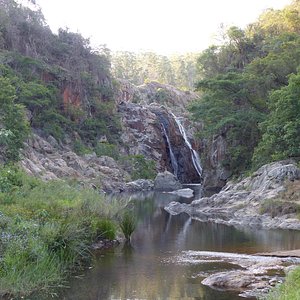
Top Attractions in Eswatini (Swaziland)

Full-day Tours
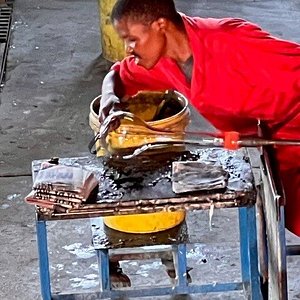
Cultural Tours

Private Sightseeing Tours
Historical tours.

Multi-day Tours

What travellers are saying

Eswatini (Swaziland) Tours & Vacations

This small but immensely beautiful country is home to one of Africa’s last remaining monarchs.
Tradition is important here and Swazis celebrate their country and their customs with pride. Match that with some outstanding wildlife spotting and Swaziland is an absolute winner.
Our Eswatini (Swaziland) trips
Let's create an exclusive trip for your group.
Eswatini (Swaziland) at a glance
Capital city.
Mbabane (administrative, population 100,000); Lobamba (royal, population 5,800)
1.18 million
Swati, English
(GMT+02:00) Windhoek
CALLING CODE
Electricity.
Type M (see D)
Learn more about Eswatini (Swaziland)
Best time to visit eswatini (swaziland).
While the Highveld remains cool and rain is common all year round, the lowlands are warmer and drier. Winter (from June to August) is the best time to visit. Rain is most prevalent from October to May but this can still be a pleasant time to visit as temperatures are mild and there’s plenty of sunshine.
Geography and Environment
Swaziland is blessed with four major rivers, making it one of Africa’s most fertile countries. The Lubombo plateau is the main farming area, while rolling hills and pine forests cover much of the Highveld, Middleveld and Lowveld. Swaziland shares borders with South Africa and Mozambique .
Top 5 Swazi experiences
1. walking safari.
Take wildlife spotting to a whole new level with a walking safari through Hlane Royal National Park. Spot rhinos, giraffes and vultures. You may even encounter lions… from a safe distance of course.
2. Umhlanga
Once a year, tens of thousands of young Swazi girls travel to the Queen Mother’s royal village. There they cut reeds to present to her before performing traditional dances.
3. Village life
Get a taste of all things traditional at a Swazi cultural village. Explore domed grass houses, learn Swazi songs, try out some dance moves and help celebrate a culture that is being kept alive by passionate locals.
4. Incwala ceremony
Catch a glimpse of the king at the annual Incwala ceremony. Celebrating the first fruits of the season, the ceremony includes a dance by the king and his regiments in their spectacular warrior dress.
5. Eat street
Take your taste buds on a tour of Swaziland’s street food. Mingle with locals over stewed or grilled meat, stamped mealies and corn roasted on the cob.
Eswatini (Swaziland) travel FAQs
Do i need a covid-19 vaccine to join an intrepid trip.
Trips from 1 January 2023 onwards
From 1 January 2023, Intrepid will no longer require travelers to provide proof of vaccination against COVID-19 (excluding all Polar trips and select adventure cruises).
However, we continue to strongly recommend that all Intrepid travelers and leaders get vaccinated to protect themselves and others.
Specific proof of testing or vaccination may still be required by your destination or airline. Please ensure you check travel and entry requirements carefully.
Do I need a visa to travel to Eswatini (Swaziland)?
Eswatini (Swaziland):
Australia: No visa required Belgium: No visa required Canada: No visa required Germany: No visa required Ireland: No visa required Netherlands: No visa required New Zealand: No visa required South Africa: No visa required Switzerland: No visa required United Kingdom: No visa required USA: No visa required
Citizens of the UK, USA, Canada, Australia and New Zealand don't currently require a visa for Swaziland for a stay of up to 2 months. For all other nationalities, please check requirements with the closest consulate or embassy.
Is tipping customary in Eswatini (Swaziland)?
Service charges usually aren’t included in bills but it’s customary to tip 10% in restaurants and to guides.
What is the internet access like in Eswatini (Swaziland)?
Internet cafes can be found in Mbabane but can be difficult to find elsewhere.
What are the toilets like in Eswatini (Swaziland)?
Eswatini (Swaziland) has a combination of modern flushable toilets and squat/pit toilets, depending on where you are traveling and staying. Generally large hotels, modern restaurants and city cafes have flushable toilets, while remote areas have squat toilets.
What will it cost for a…?
Bottle of soft drink = 8 SZL Beer in a bar or restaurant = 10 SZL Simple meal = 100 SZL Three-course meal = 140 SZL Short taxi ride = 40 SZL
Can I drink the water in Eswatini (Swaziland)?
Tap water is considered safe to drink, however outside main towns it’s advised to sterilize or filter the water. For environmental reasons, try to avoid bottled water. Ask your leader where filtered water can be found.
Are credit cards accepted widely in Eswatini (Swaziland)?
Credit cards are accepted in hotels and upmarket shops.
What is ATM access like in Eswatini (Swaziland)?
While ATMs are available, only a few accept international cards.
What public holidays are celebrated in Eswatini (Swaziland)?
- 1 Jan New Year's Day
- 2 Jan New Year Holiday
- 14 Apr Good Friday
- 17 Apr Easter Monday
- 19 Apr King's Birthday
- 25 Apr National Flag Day
- 1 May Workers' Day
- 25 May Ascension Day
- 22 Jul King Father's Birthday
- 6 Sep Somholo Day
- 25 Dec Christmas Day
- 26 Dec Boxing Day
Please note these dates are for 2017. For a current list of public holidays in Swaziland go to: http://www.worldtravelguide.net/swaziland/public-holidays
Can I use my cell phone while in Eswatini (Swaziland)?
Cell phone reception is good in urban areas, but can be patchy elsewhere. Ensure you have global roaming activated with your carrier if you wish to use your phone.
Does my trip support The Intrepid Foundation?
Yes, all Intrepid trips support the Intrepid Foundation. Trips to this country directly support our global Intrepid Foundation partners, Eden Reforestation Projects and World Bicycle Relief. Intrepid will double the impact by dollar-matching all post-trip donations made to The Intrepid Foundation.
Eden Reforestation Projects
Eden Reforestation Projects are helping to mitigate climate change by restoring forests worldwide; they also hire locally and create job opportunities within vulnerable communities. Donations from our trips support restoration across planting sites in 10 countries around the globe. Find out more or make a donation World Bicycle Relief
World Bicycle Relief provides people in low-income communities with bicycles to mobilize school kids, health workers, and farmers in far-out areas – giving them access to vital education, healthcare, and income. Donations help provide Buffalo Bicycles – specifically designed to withstand the rugged terrain and harsh environment of rural regions – to those who need them most. Find out more or make a donation
Do I need to purchase travel insurance before traveling?
Absolutely. All passengers traveling with Intrepid are required to purchase travel insurance before the start of their trip. Your travel insurance details will be recorded by your leader on the first day of the trip. Due to the varying nature, availability and cost of health care around the world, travel insurance is very much an essential and necessary part of every journey.
For more information on insurance, please go to: Travel Insurance
How do I stay safe and healthy while traveling?
From Australia?
Go to: Smart Traveller
From Canada?
Go to: Canada Travel Information
From the UK?
Go to: UK Foreign Travel Advice
From New Zealand?
Go to: Safe Travel
From the US?
Go to: US Department of State
The World Health Organisation also provides useful health information.

COMMENTS
Despite being the smallest landlocked country in the Southern hemisphere, and the second smallest country in continental Africa, Eswatini, formerly known as Swaziland, more than makes up for its lack of size with a hugely diverse range of attractions and activities. As one of the few remaining monarchies in Africa, culture and heritage are deeply engrained in all aspects of Swazi life ...
14. Malkerns. Where to Stay in Swaziland for Sightseeing. Map of Tourist Attractions in Swaziland (eSwatini) 1. Hlane Royal National Park. Hlane Royal National Park. The Hlane ("Wilderness") Game Sanctuary is home to the largest herds of game in the country and is one of the few places in Swaziland where visitors have a chance of seeing lion ...
Get to the heart of eSwatini (Swaziland) with one of our in-depth, award-winning guidebooks, covering maps, itineraries, and expert guidance. Shop Our Guidebooks. Explore eSwatini (Swaziland) holidays and discover the best time and places to visit.
Lets explore the best places to visit in Swaziland: 1. Hlane Royal National Park. Source: flickr. Hlane Royal National Park. In truth, there's simply no other wildlife reserve in all of Swaziland that can live up to the sheer wealth of bucket-list sights and the mind-boggling biodiversity that Hlane has.
There are two traditional Swazi craft markets close by - one at the Royal Swazi Sun's entrance, and another along the main road, next to the Ezulwini Sun. 5. Malolotja Nature Reserve. With 26 waterfalls, hills and pristine forests, the reserve offers top scenery and opportunity to see numerous animals and rare birds.
Mbabane is the official capital city of Eswatini (Swaziland) and is also the largest city in this land of the Swazi. The city is located on the Mbabane River, in the Hhohho Region. Mbabane is a great location as a base to explore some of the best places in Eswatini as it's centrally located among Swaziland's top tourist attractions.
Discover the best attractions in eSwatini (Swaziland) including Mkhaya Game Reserve, Mantenga Cultural Village & Nature Reserve, and Hlane Royal National Park.
Hilton Garden Inn Mbabane. 119. Mbabane, Eswatini (Swaziland) from $86/night. The George Hotel. 171. Manzini, Eswatini (Swaziland) from $73/night. Lugogo Sun.
Ezulwini, Eswatini (Swaziland) from R 31,968 per adult. 2 Days Cultural Swaziland Hlane National Park. 0 reviews. Manzini, Eswatini (Swaziland) from R 22,530 per adult. Eswatini (Swaziland) Tourism: Tripadvisor has 14 504 reviews of Eswatini (Swaziland) Hotels, Attractions, and Restaurants making it your best Eswatini (Swaziland) resource.
The region is home to the new initiative known as the Lubombo Eco Trails, a network of hiking, cycling and 4WD tracks linking a number of community-based enterprises such as eco lodges and cultural attractions. The centrepiece of the collective is the Shewula Mountain Camp and Nature Reserve, the first community eco-tourism project in Eswatini.
11. See Swaziland's Sibebe Rock. This is the second-largest exposed granite dome in the world (after Uluru in Australia). This is one of Swaziland's most amazing natural attractions, over three billion years old, yet it doesn't suffer from overtourism. If you have a few hours to spare, opt for a guided hike to the top.
Eswatini, formerly known as Swaziland, is the second smallest country in the continent of Africa and is landlocked by South Africa and Mozambique.Although it's a small country, the Kingdom of Eswatini has a lot to offer, from nature and wildlife reserves to cultural experiences, city life, and adventurous activities like quad biking, hiking trails, white water rafting, caving, and canopy tours.
Travel to Swaziland: Our 5-Day Itinerary. Day 1: Explore Ngwenya and Malolotja Nature Reserve. Stay at: Hawane Resort. Day 2: Learn Swazi History and Culture in the Ezulwini Valley. Stay at: Mlilwane Rest Camp. Day 3: Head to Hlane National Park. Stay at: Ndlovu/Bhubesi Camp in Hlane National Park.
Created by Backpacker Films.The Kingdom of Eswatini (Swaziland) has an amazing variety of rich culture, thrilling safaris and stunning scenery. 'Africa-in-a-...
13 Top-Rated Tourist Attractions in Swaziland (eSwatini) | Travel Video | Travel Guide | SKY Travel
There are two traditional Swazi craft markets close by - one at the Royal Swazi Sun's entrance, and another along the main road, next to the Ezulwini Sun. 5. Malolotja Nature Reserve. With 26 waterfalls, hills and pristine forests, the reserve offers top scenery and opportunity to see numerous animals and rare birds.
Tourism in Eswatini is a successful industry. Most of the tourists who visit Eswatini arrive by road from South Africa. ... They have also attempted to attract tourists to the game parks of Swaziland. In 2006 Eswatini signed on to the Lubombo Route agreement along with South Africa and Mozambique. The agreement allowed tourists to travel across ...
Africa. Eswatini (Swaziland) Eswatini (Swaziland) Tours & Vacations. This small but immensely beautiful country is home to one of Africa's last remaining monarchs. Tradition is important here and Swazis celebrate their country and their customs with pride. Match that with some outstanding wildlife spotting and Swaziland is an absolute winner.
Eswatini Tourism, Mbabane, Swaziland. 23,778 likes · 819 talking about this. An information platform on Eswatini (Swaziland) travel and tourism.